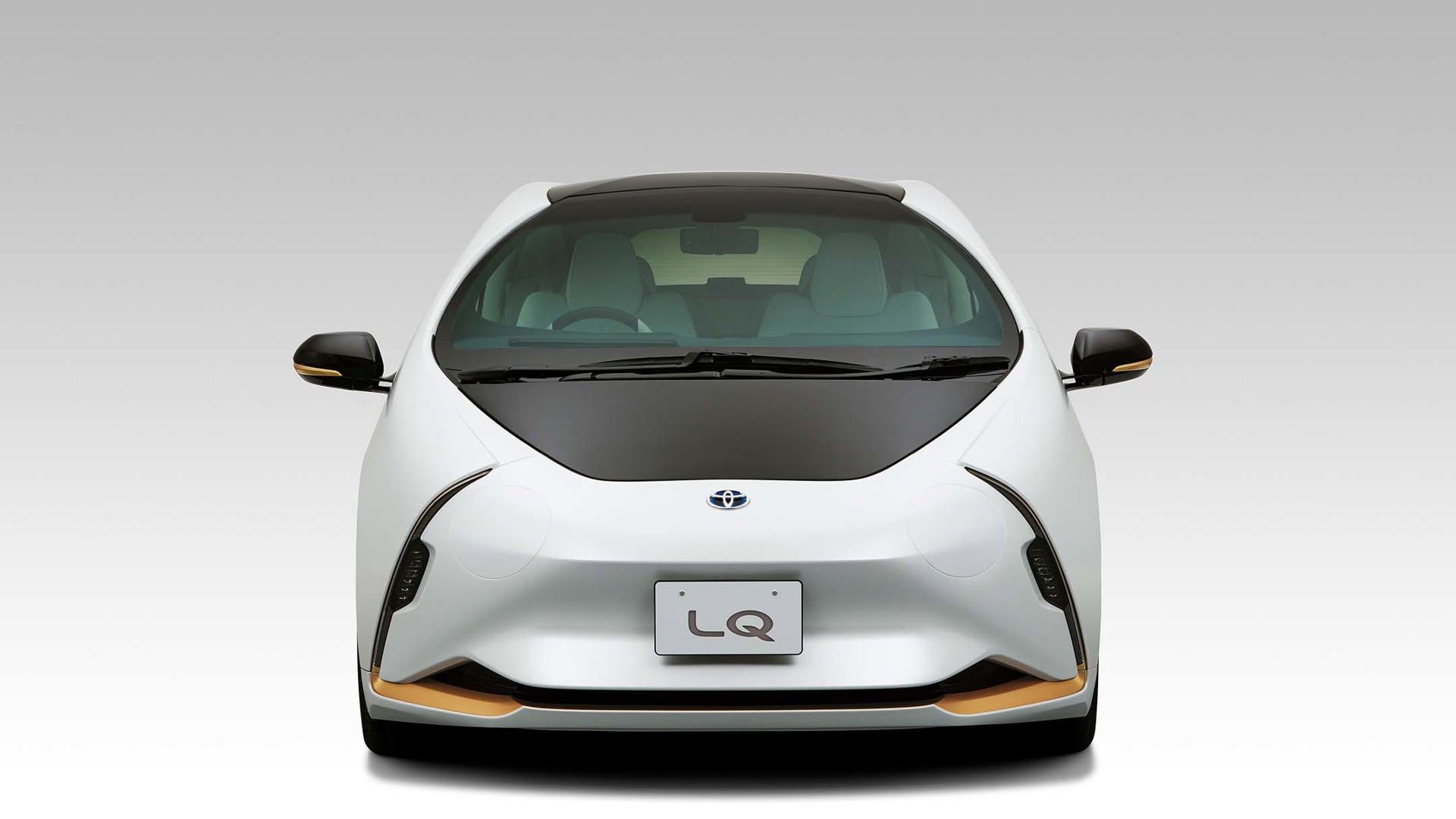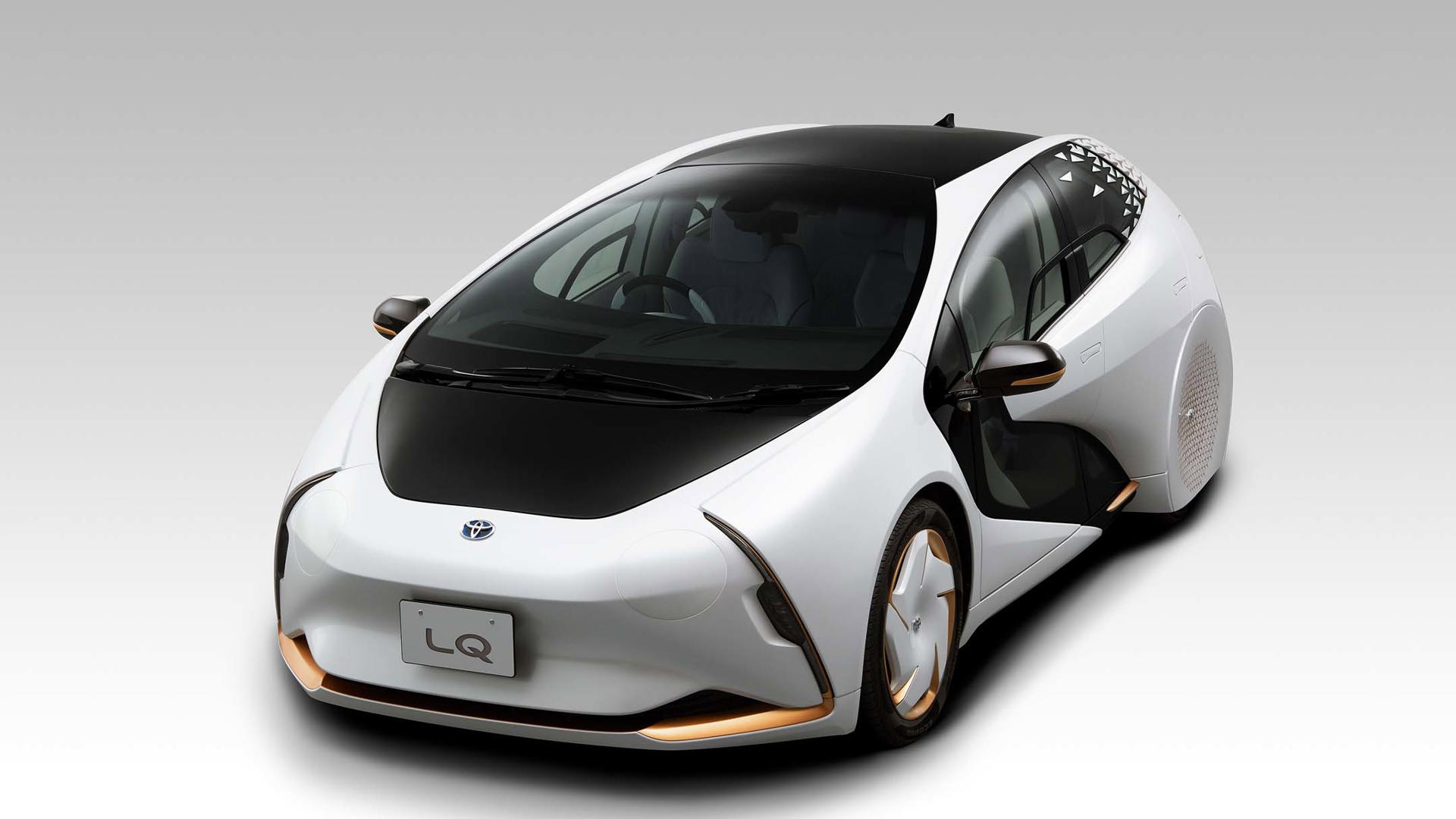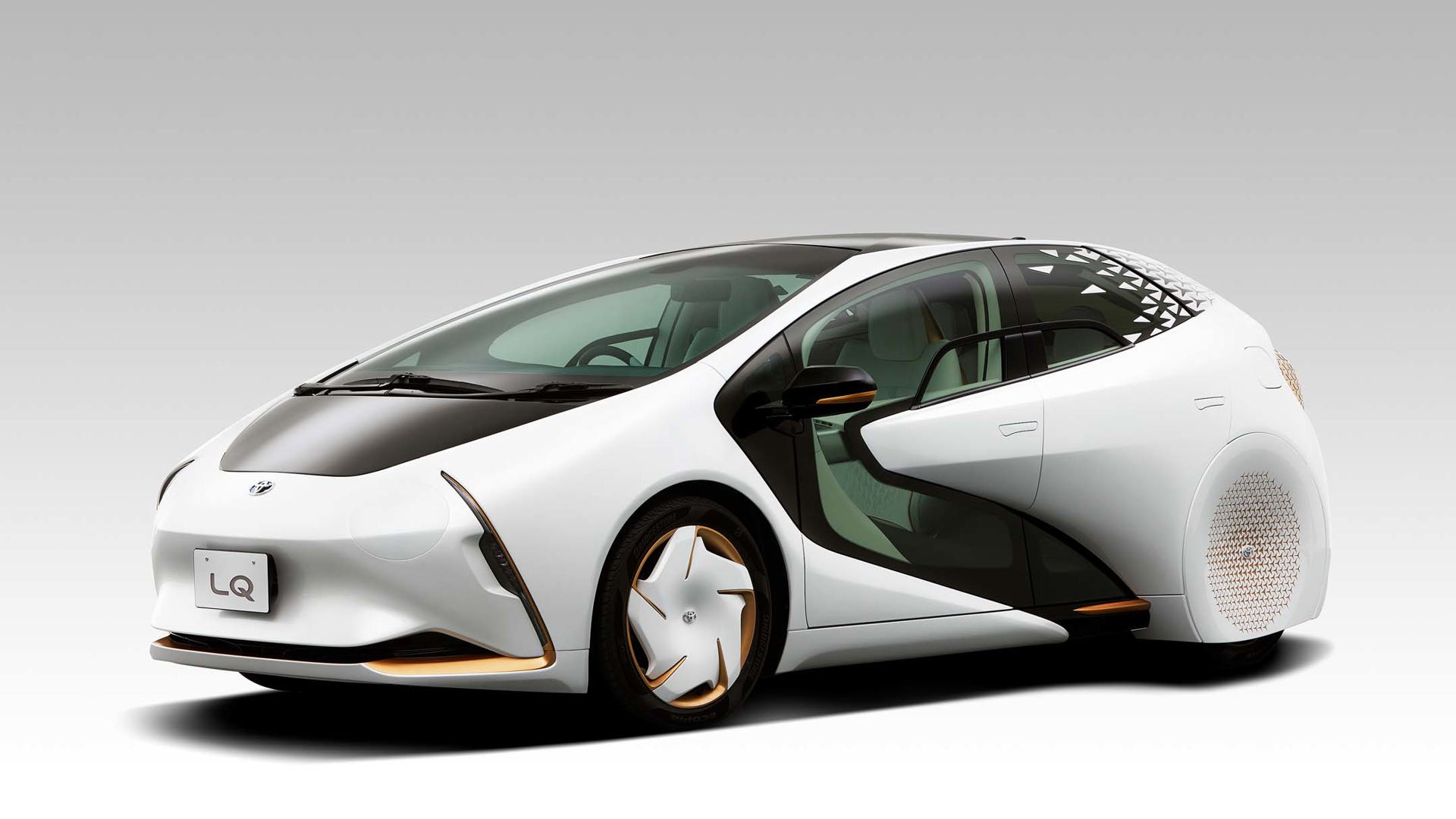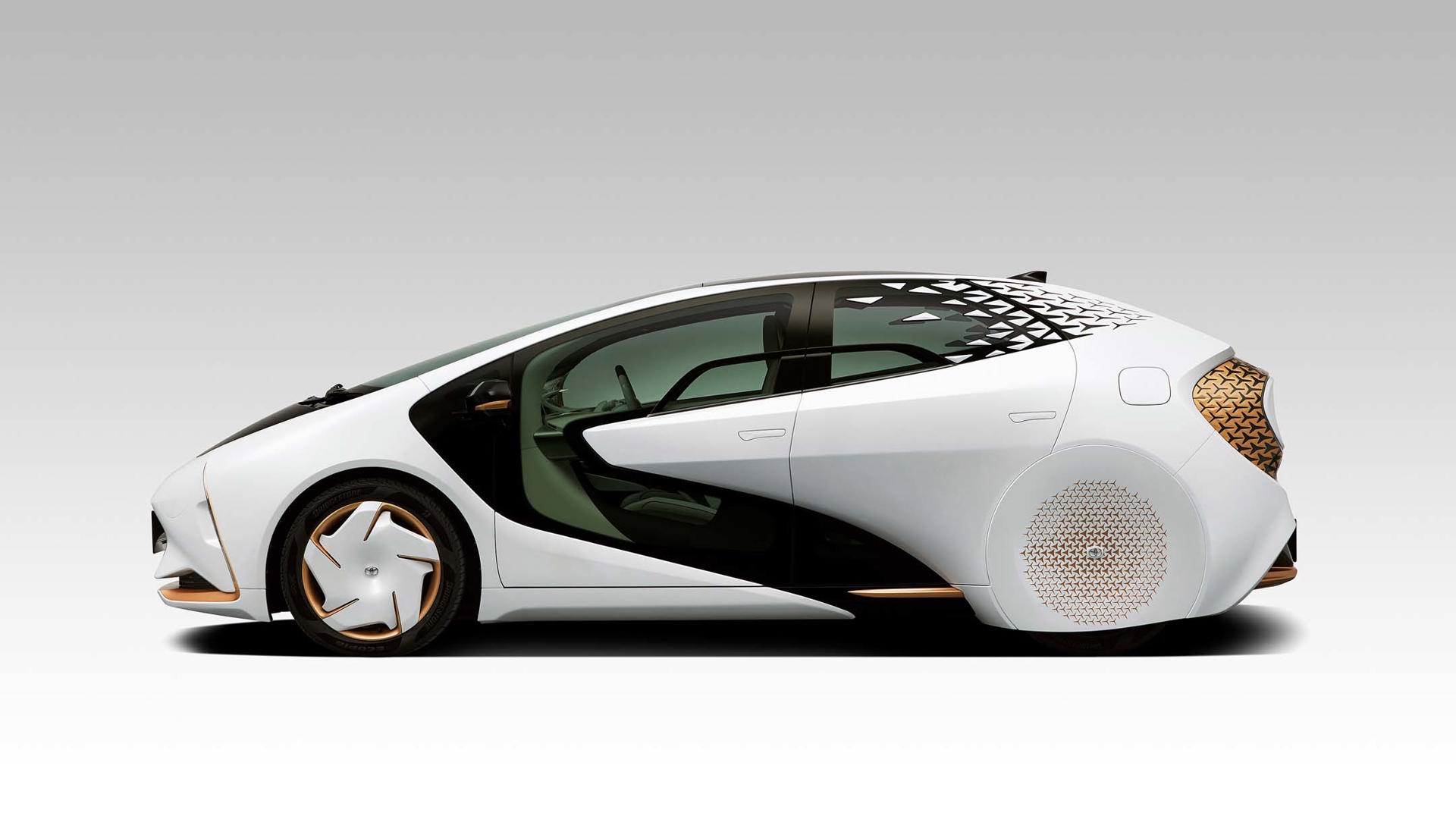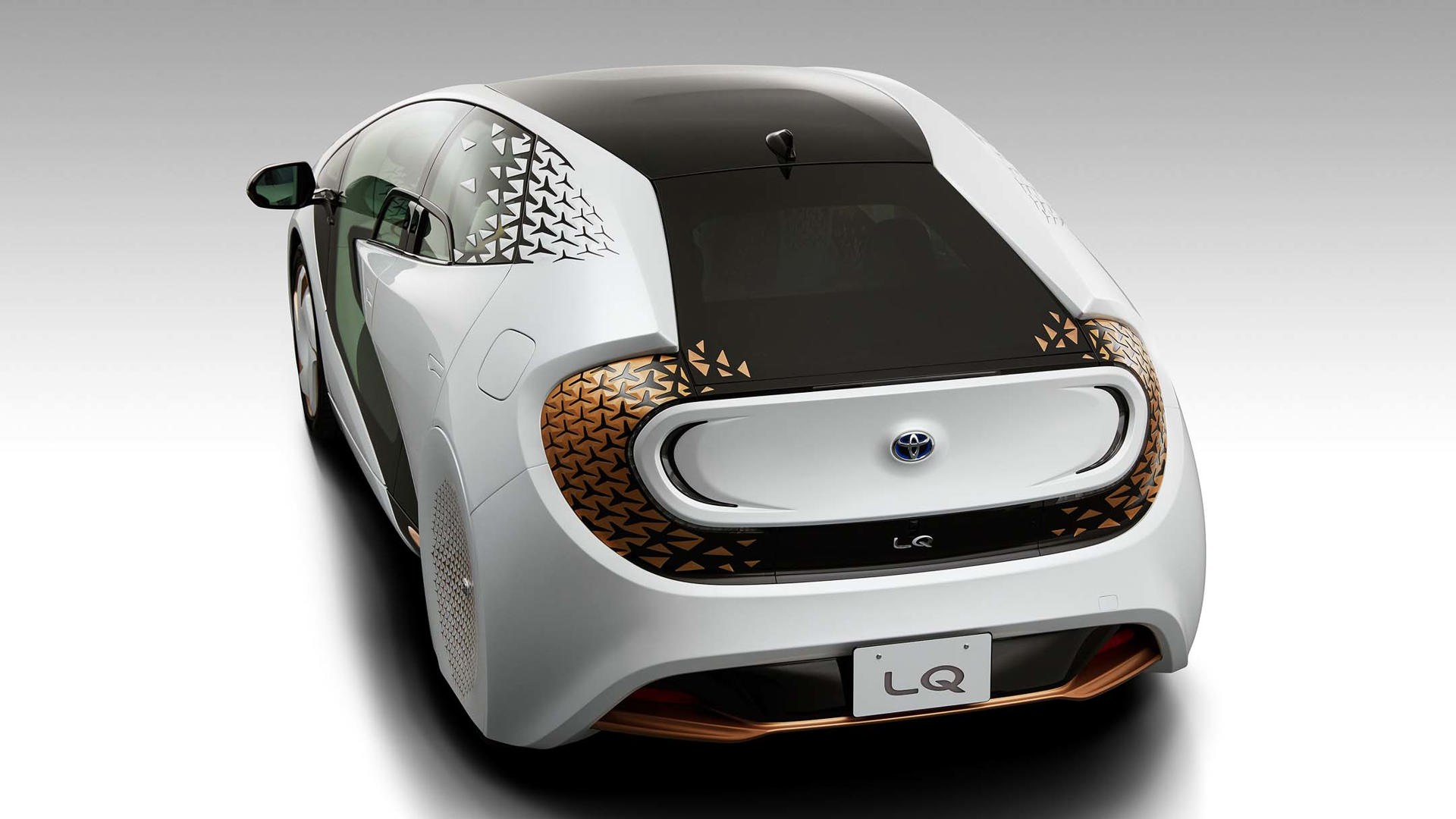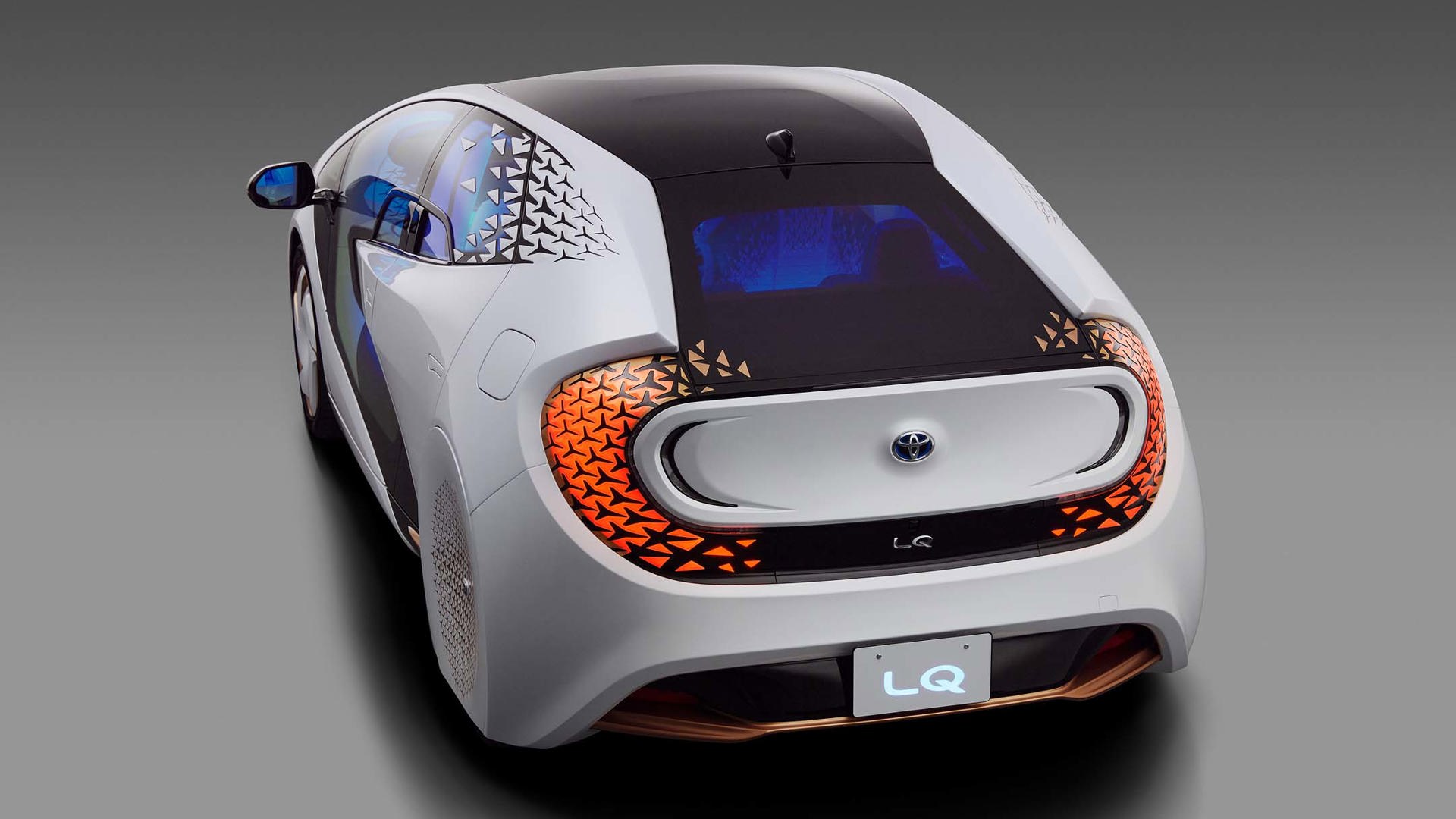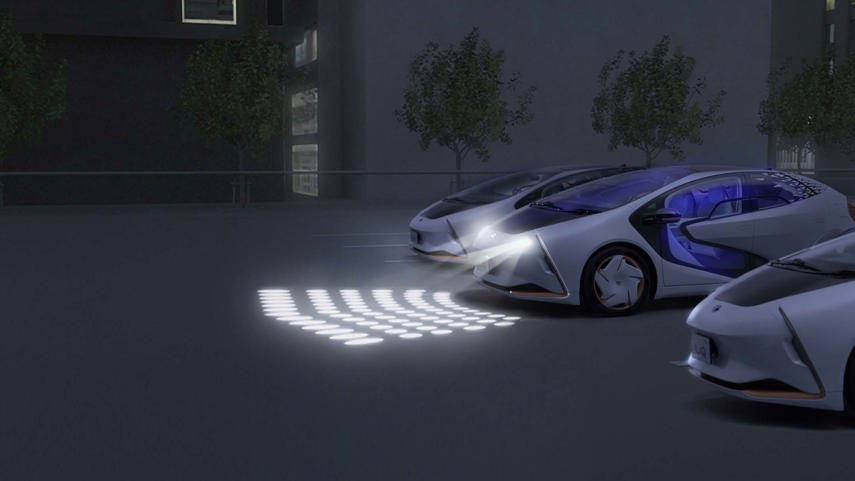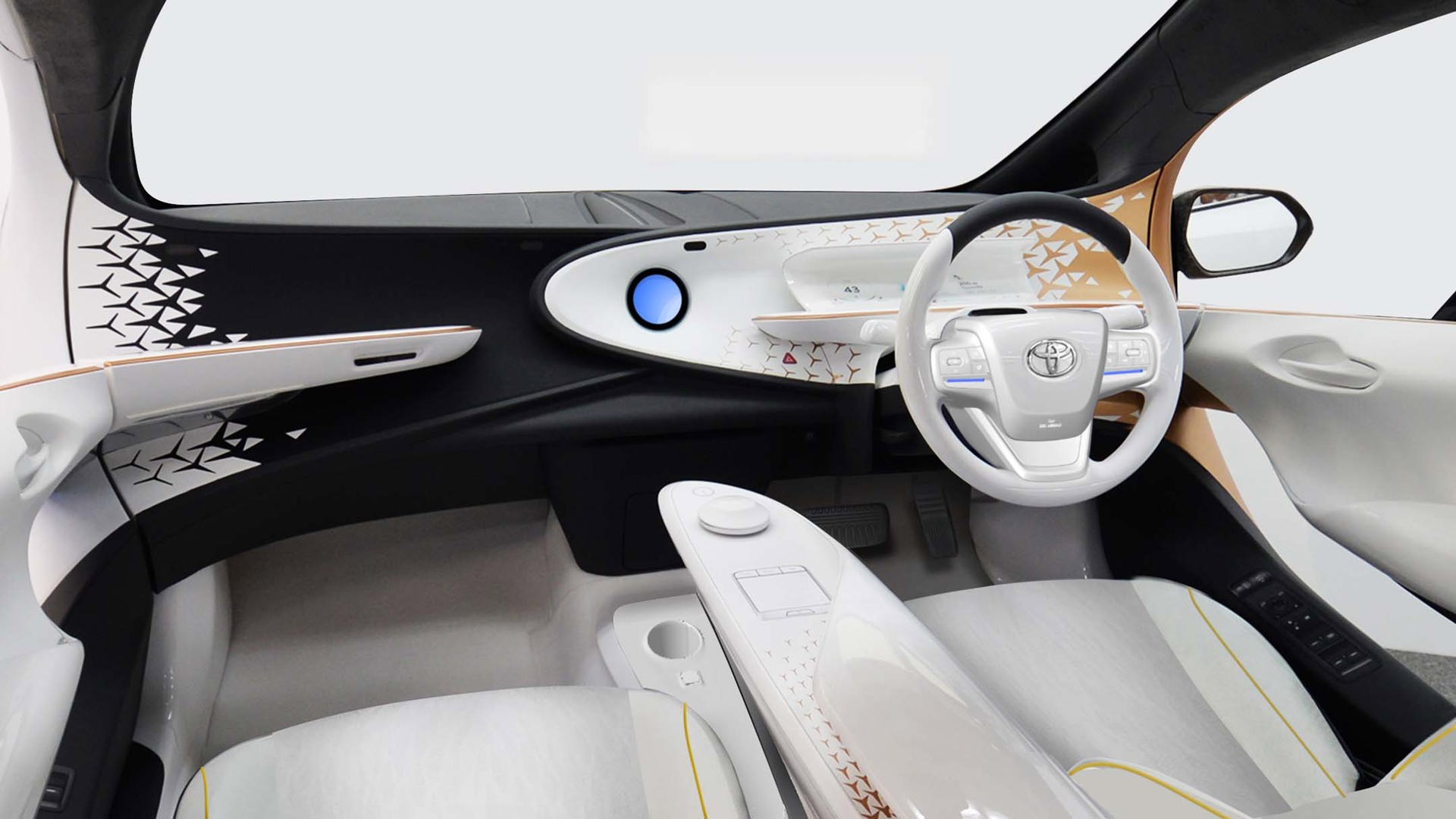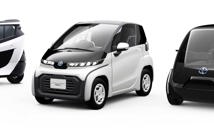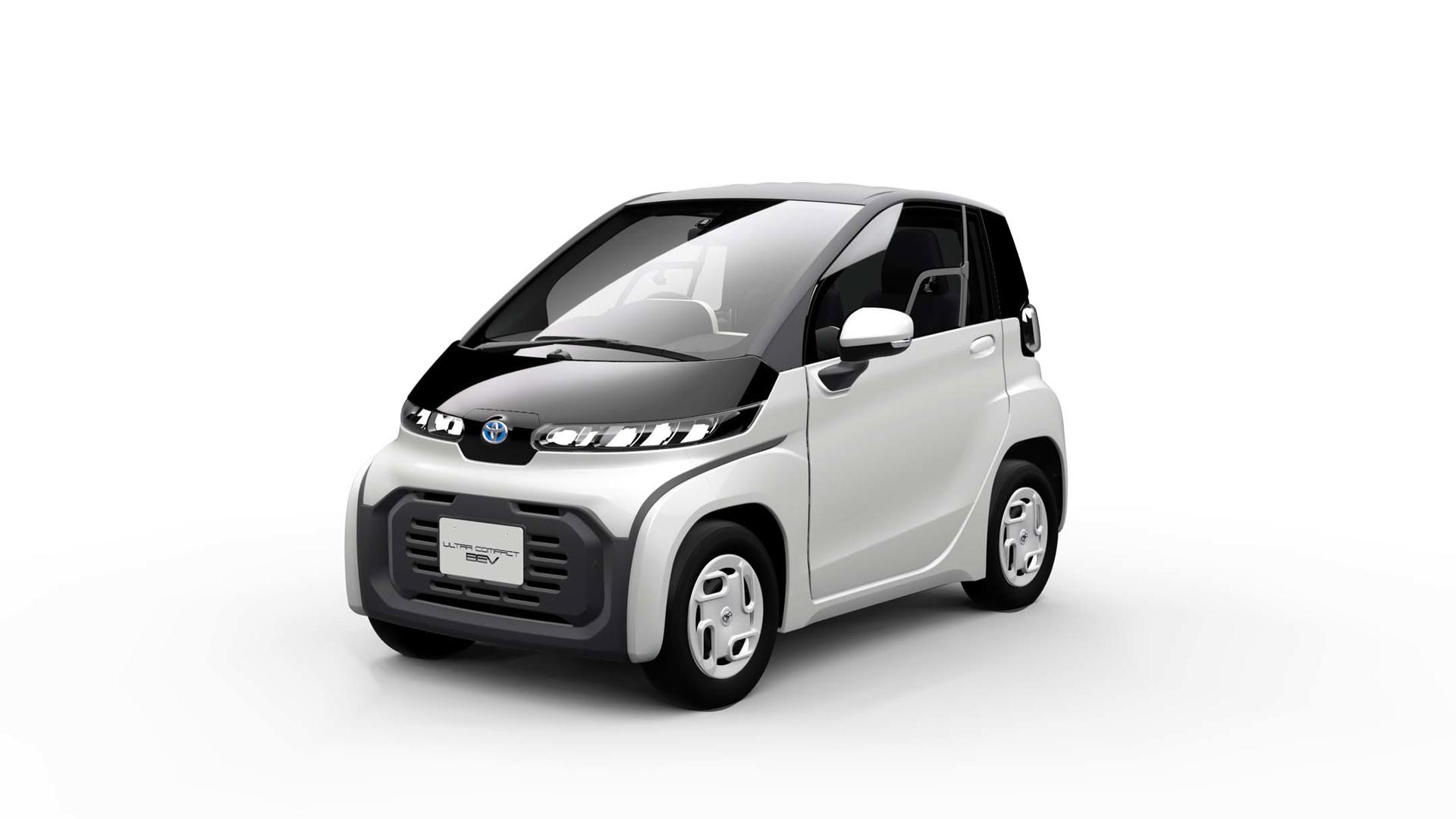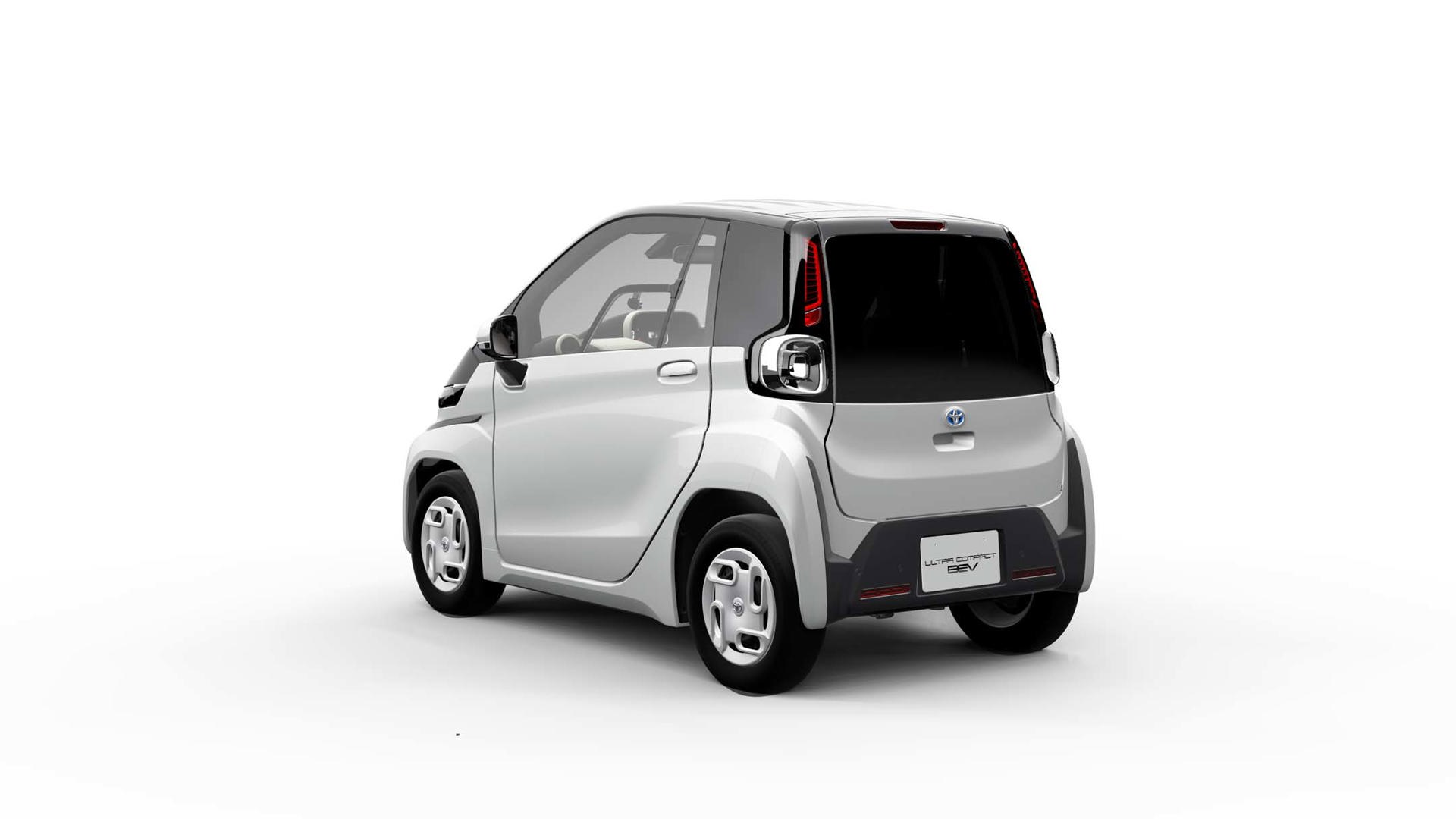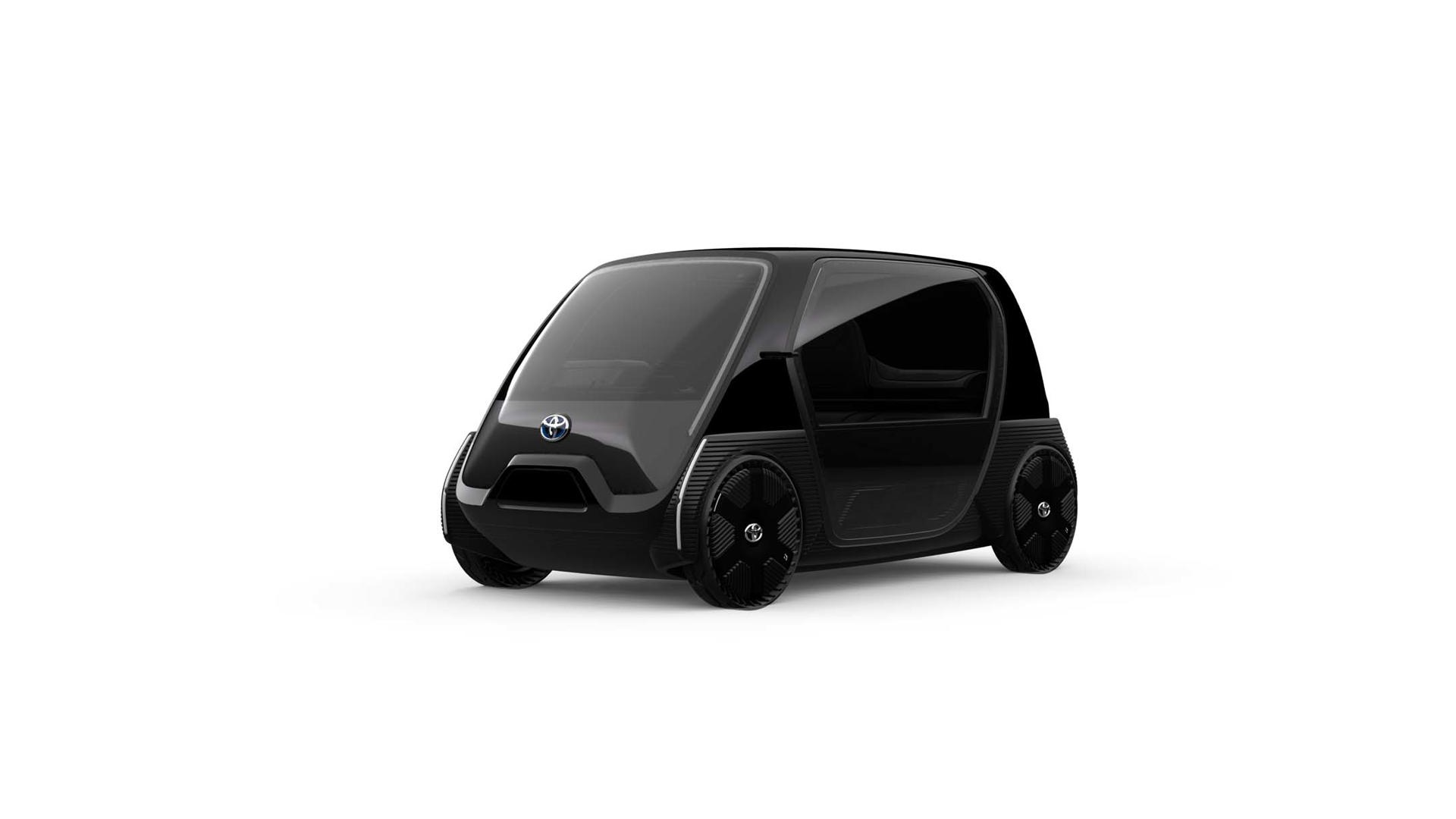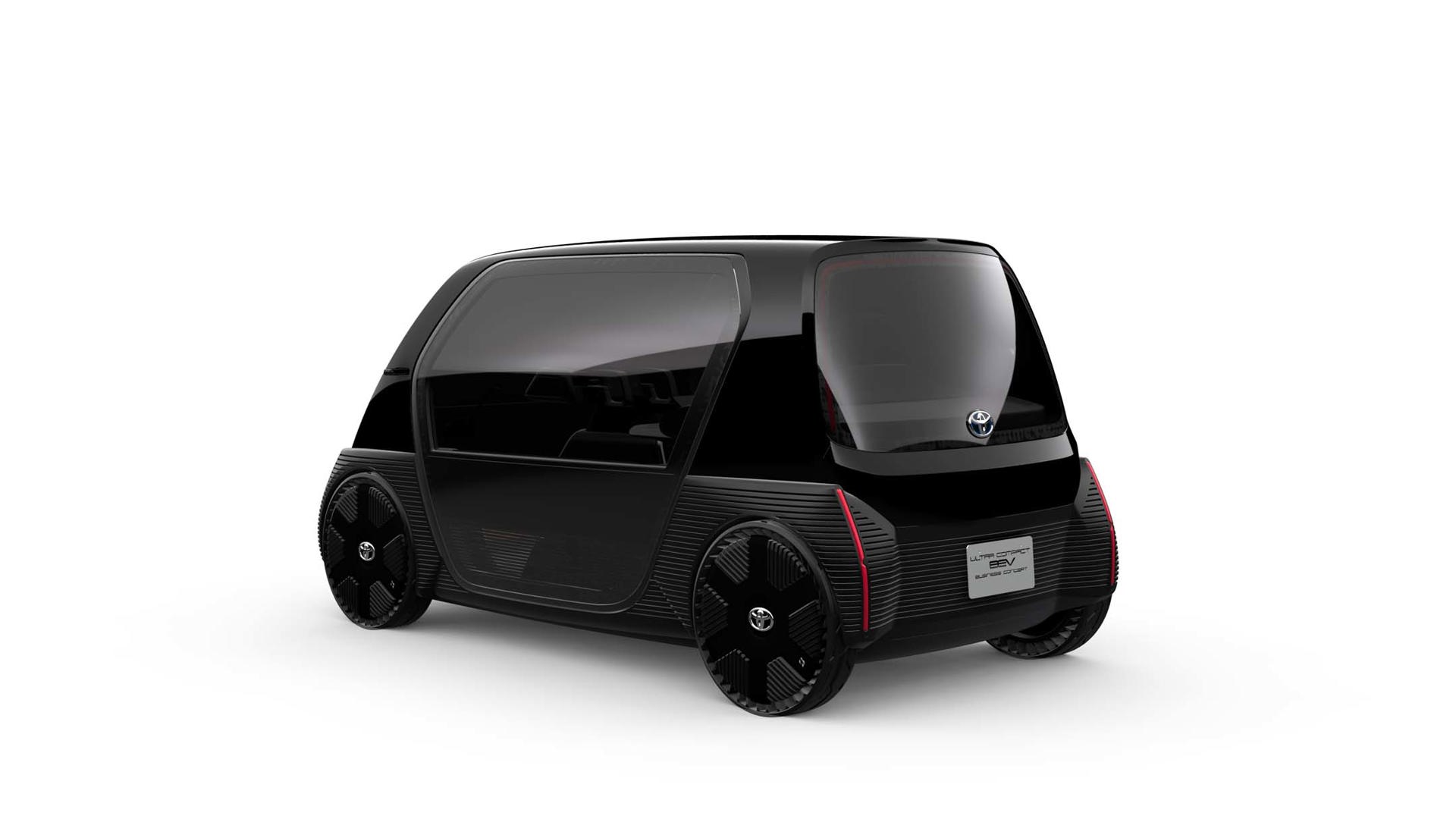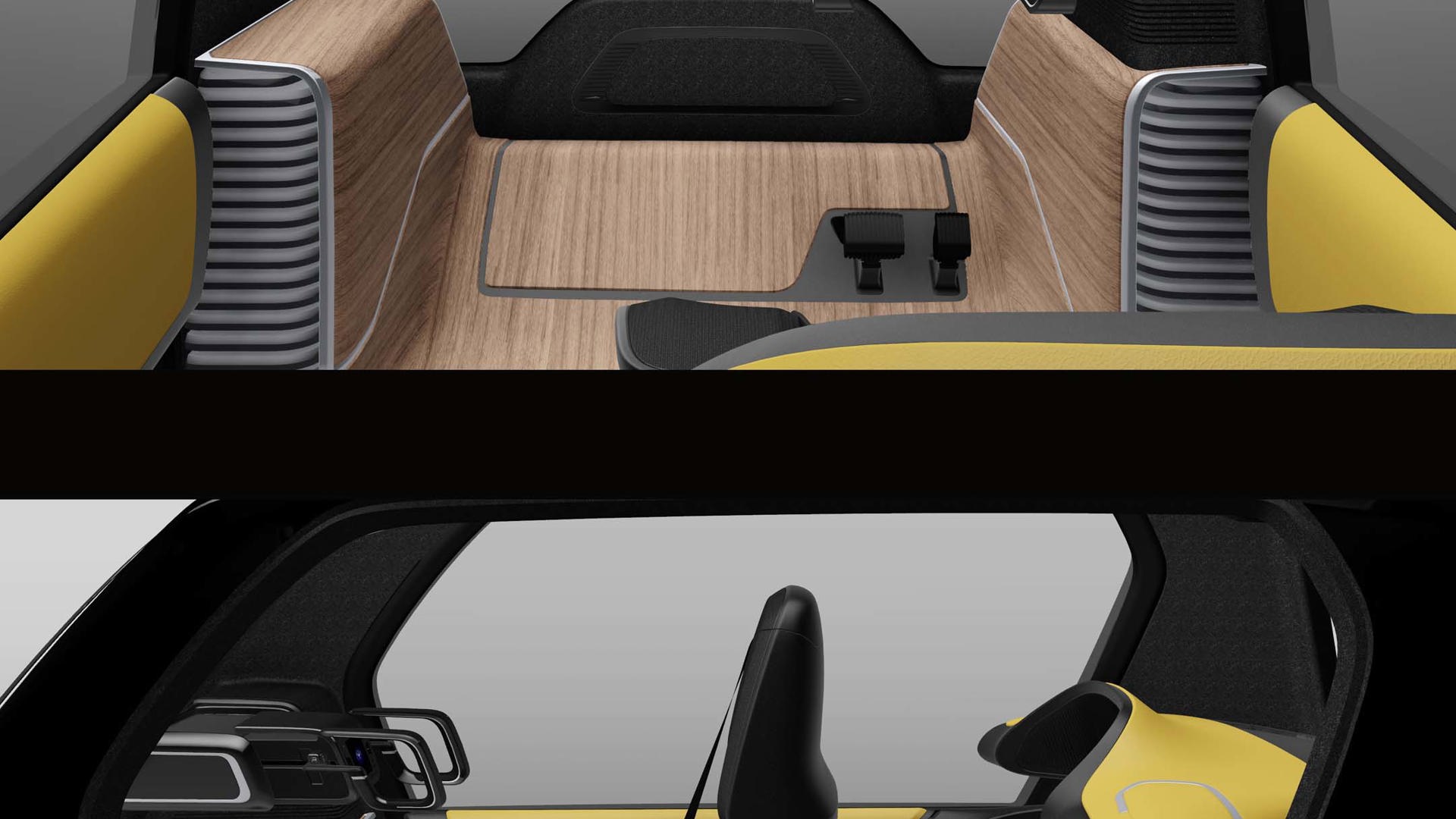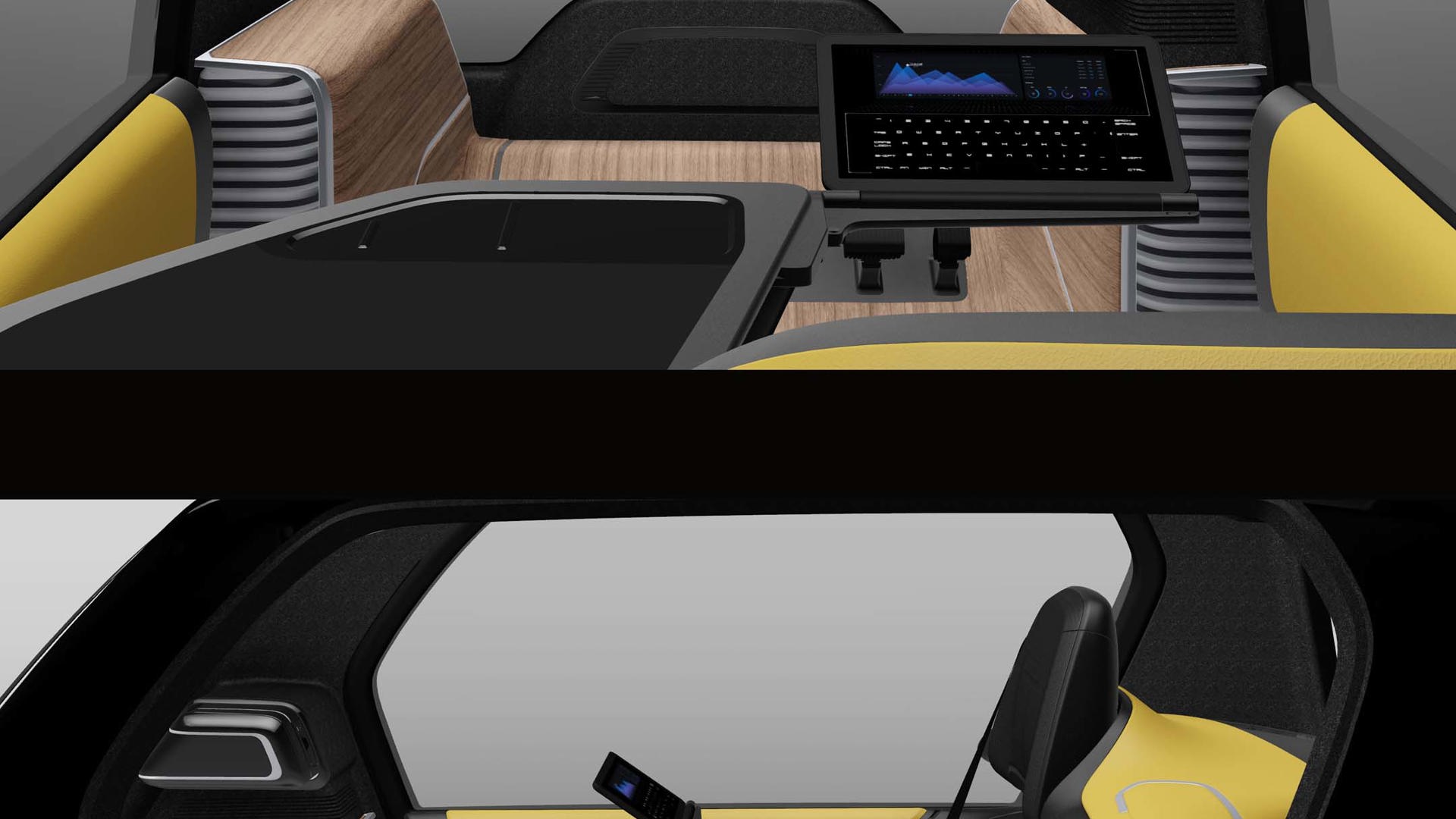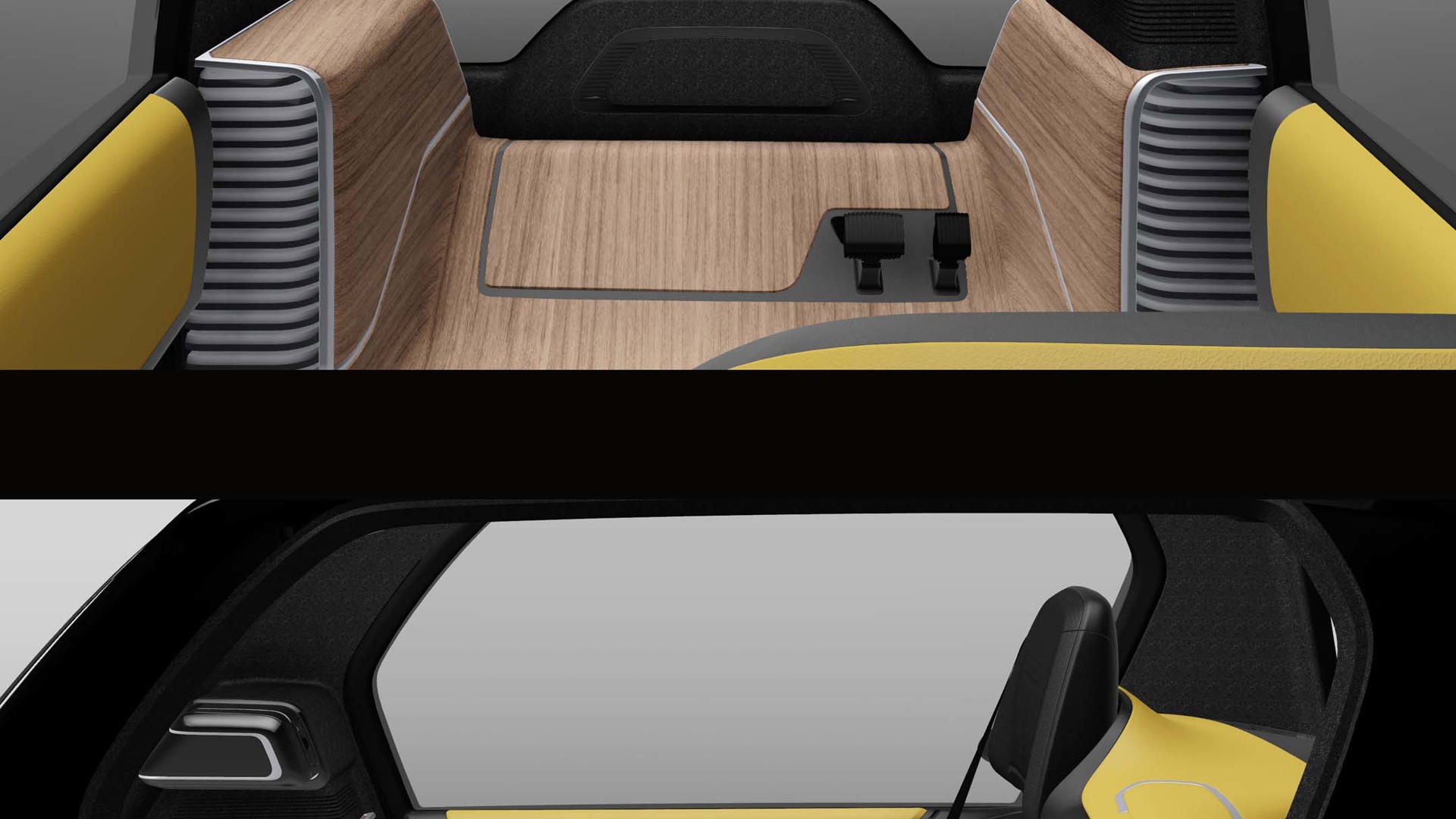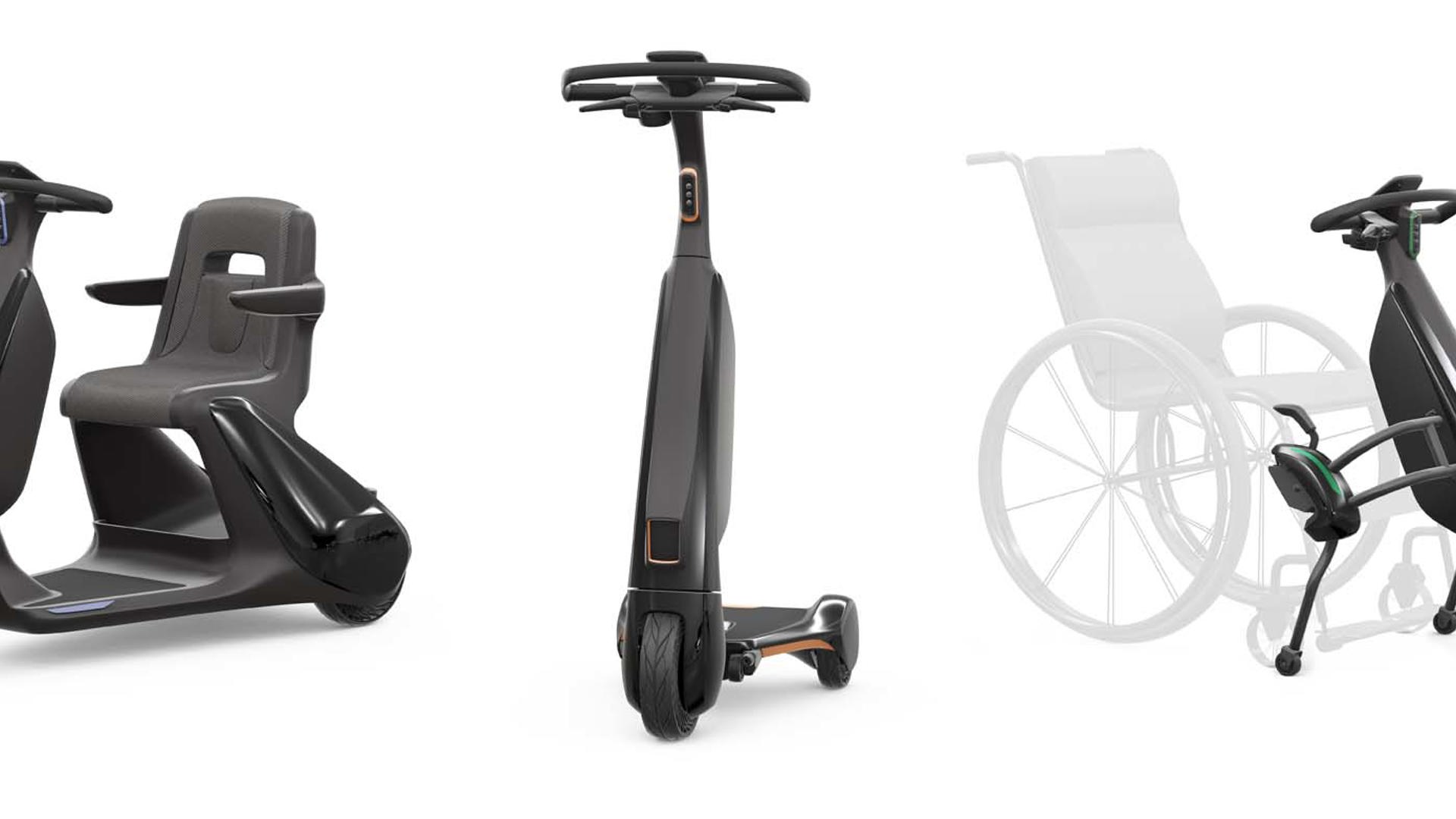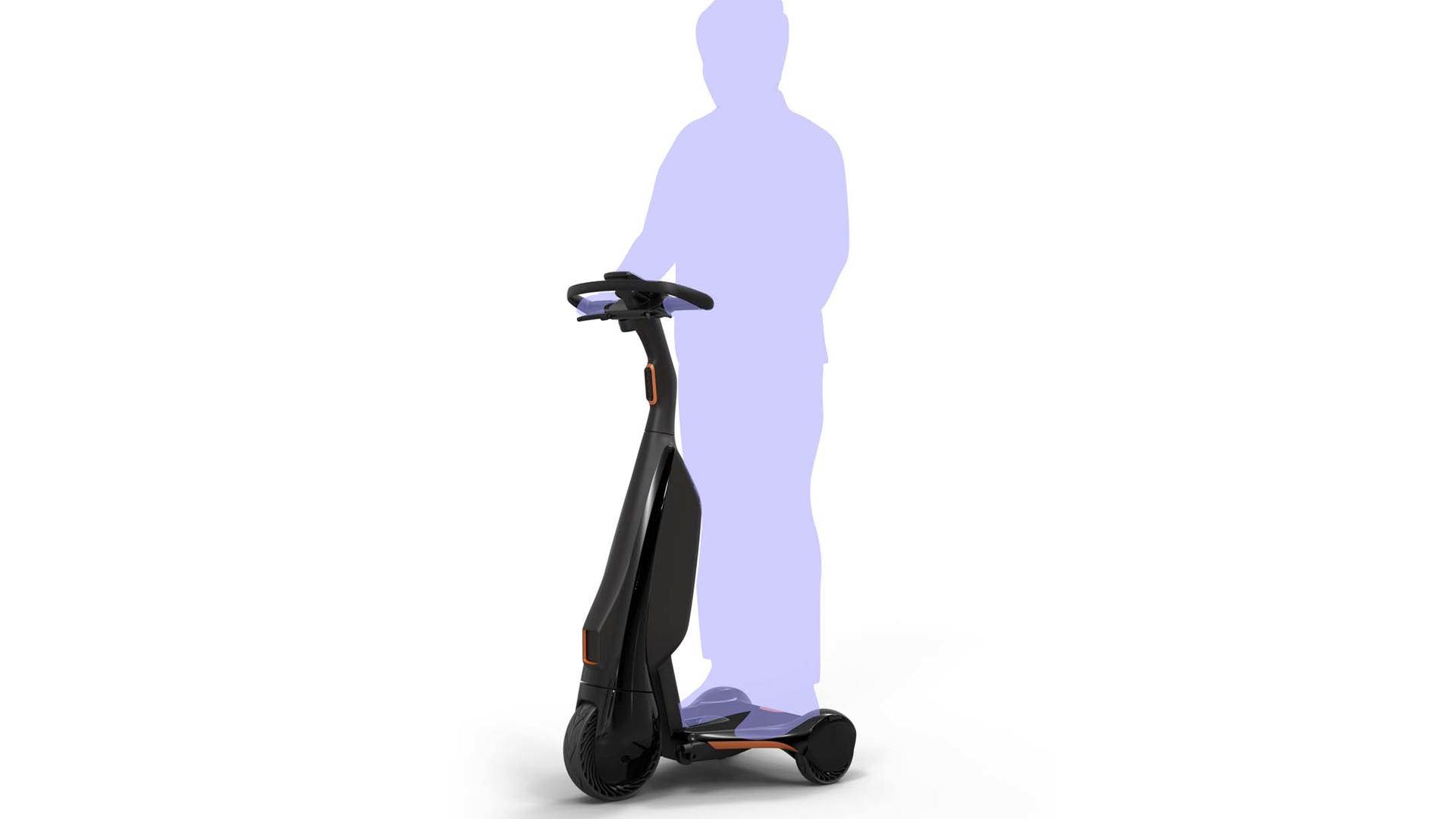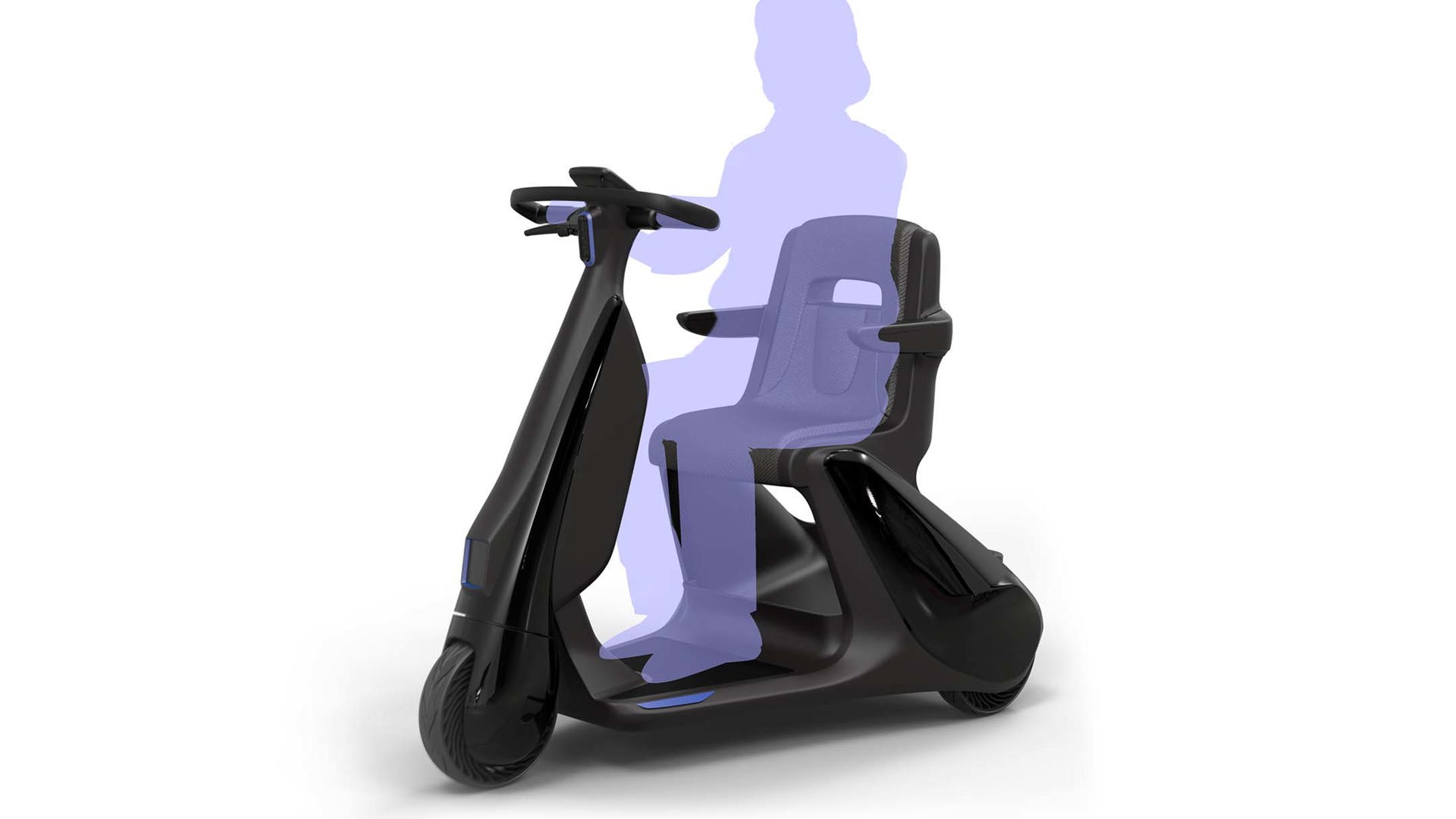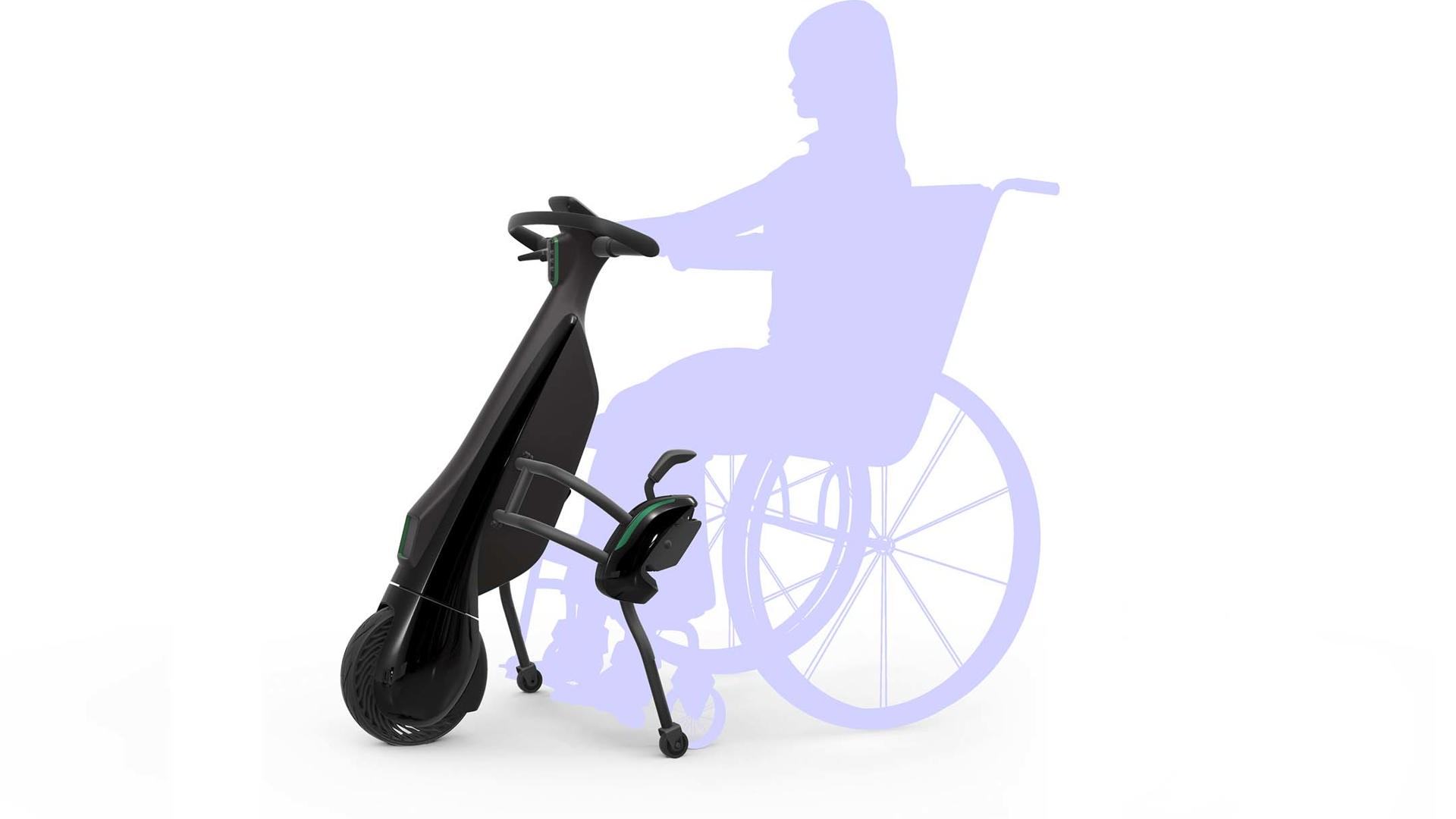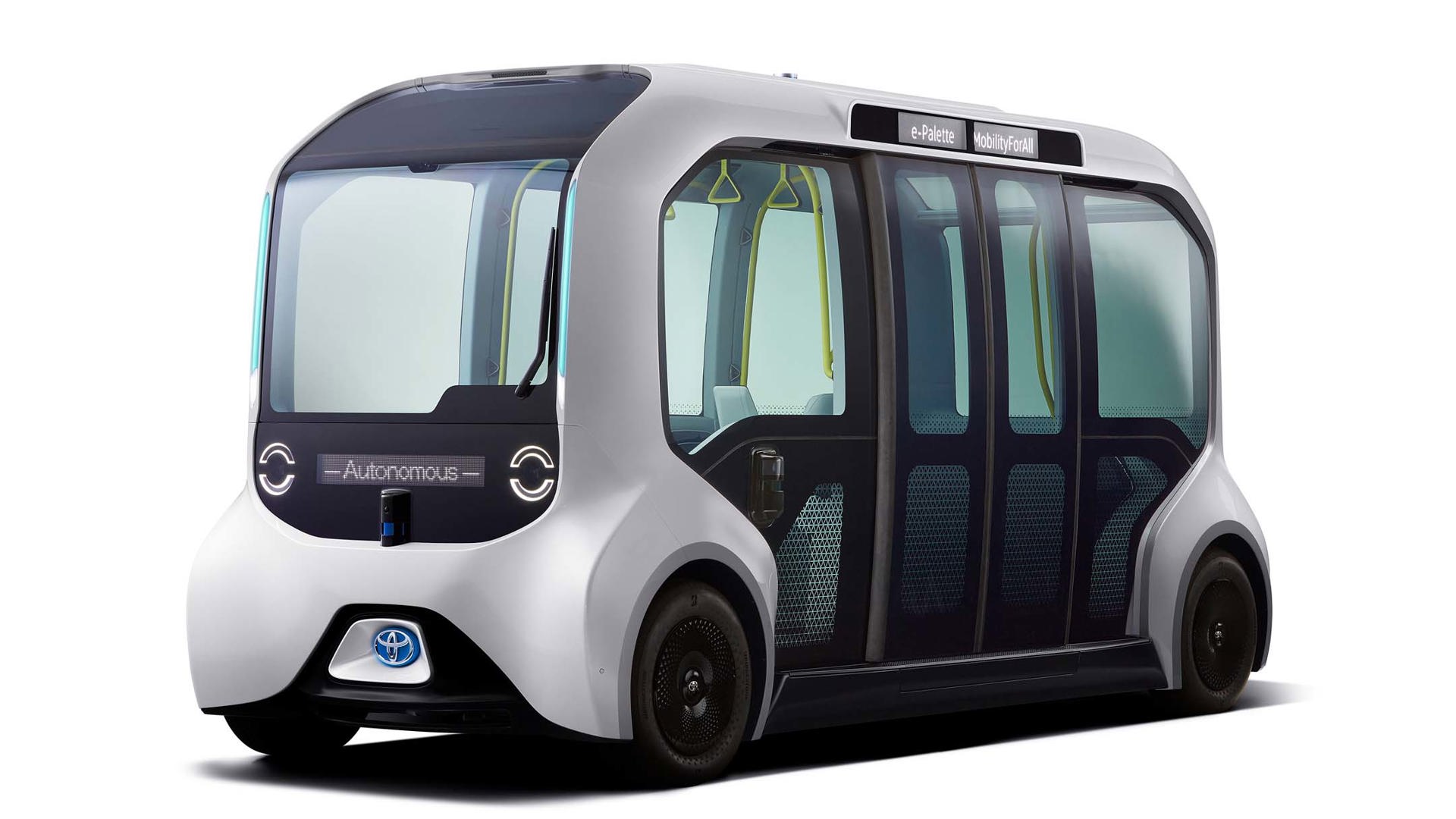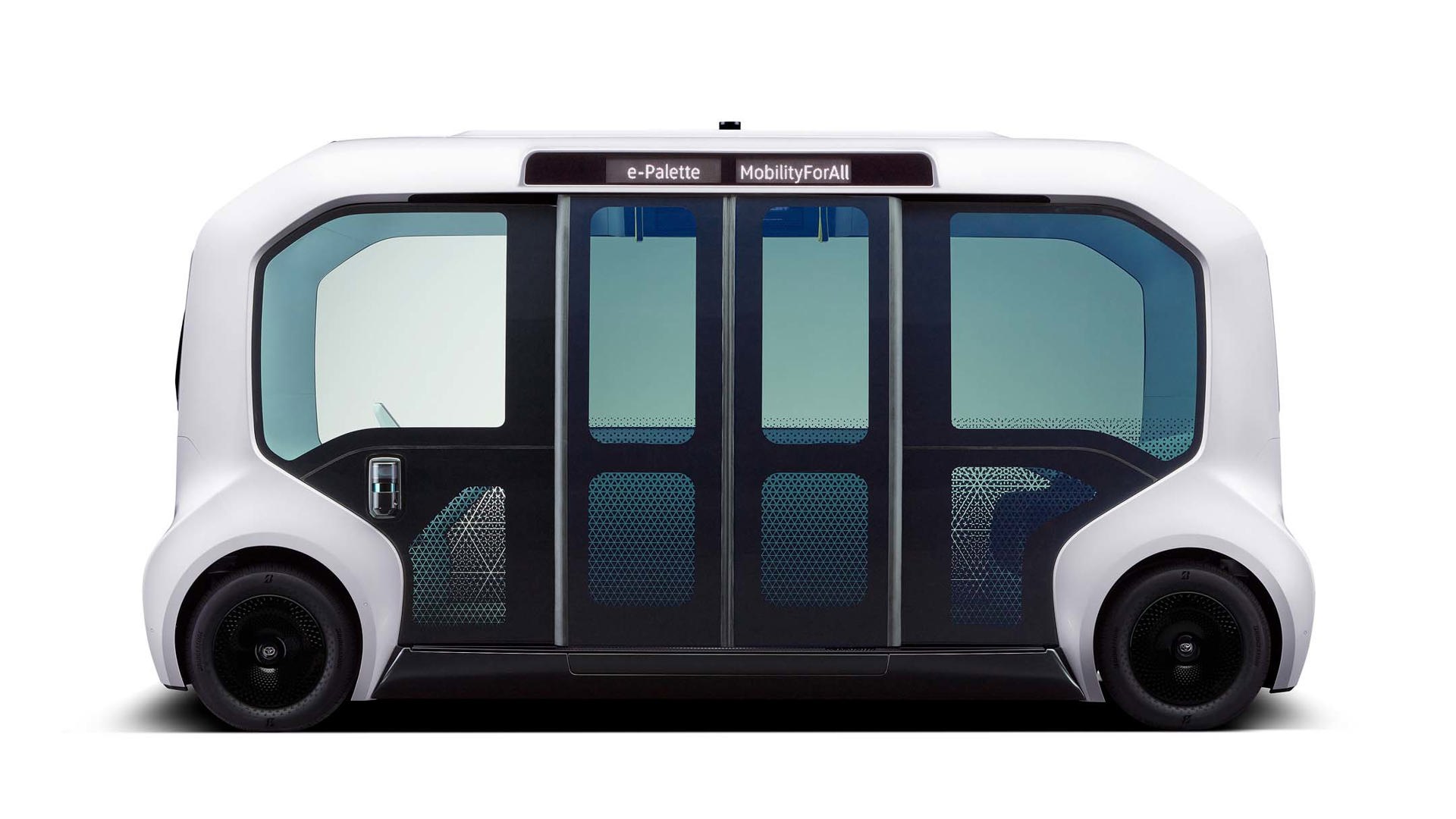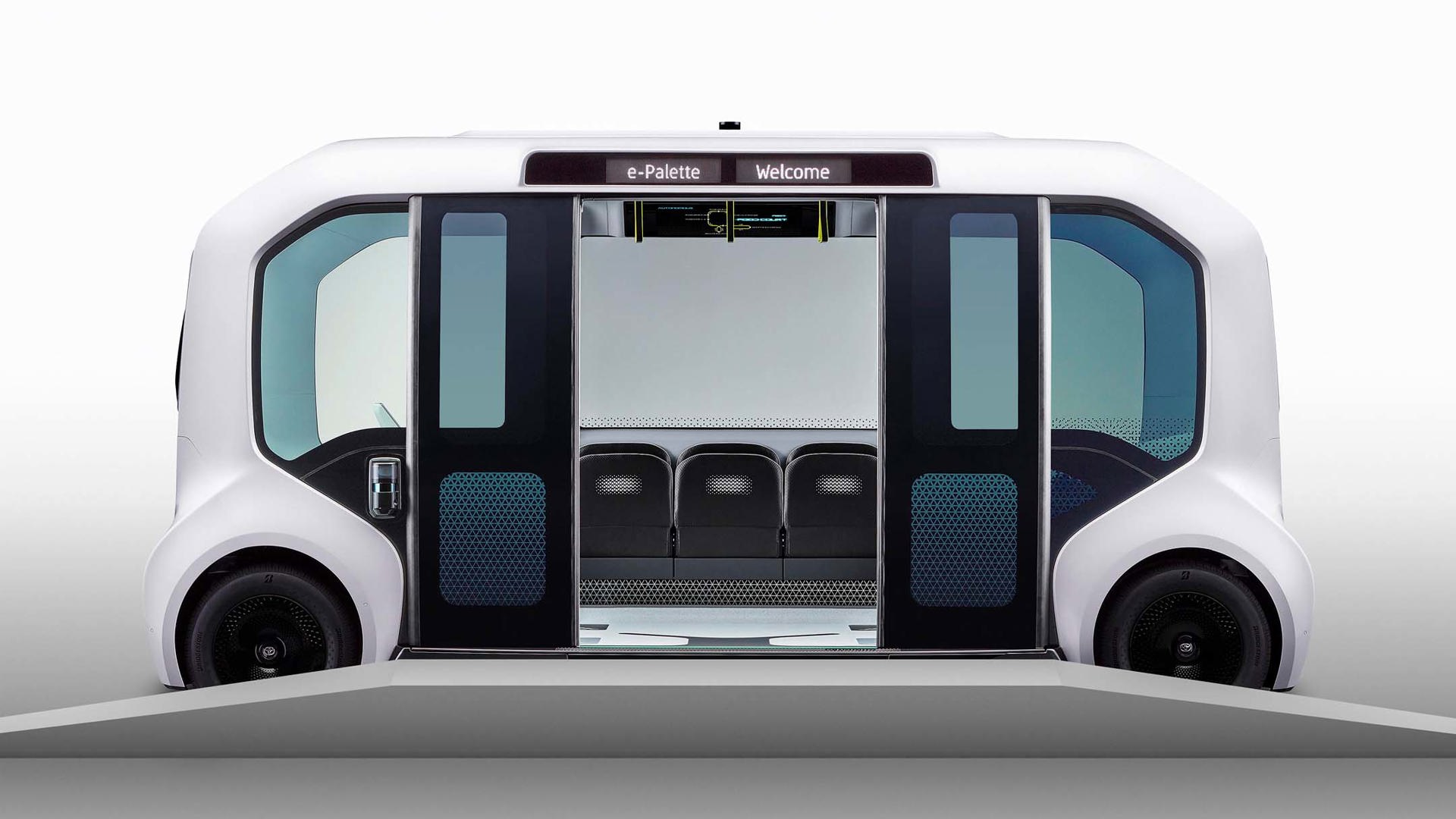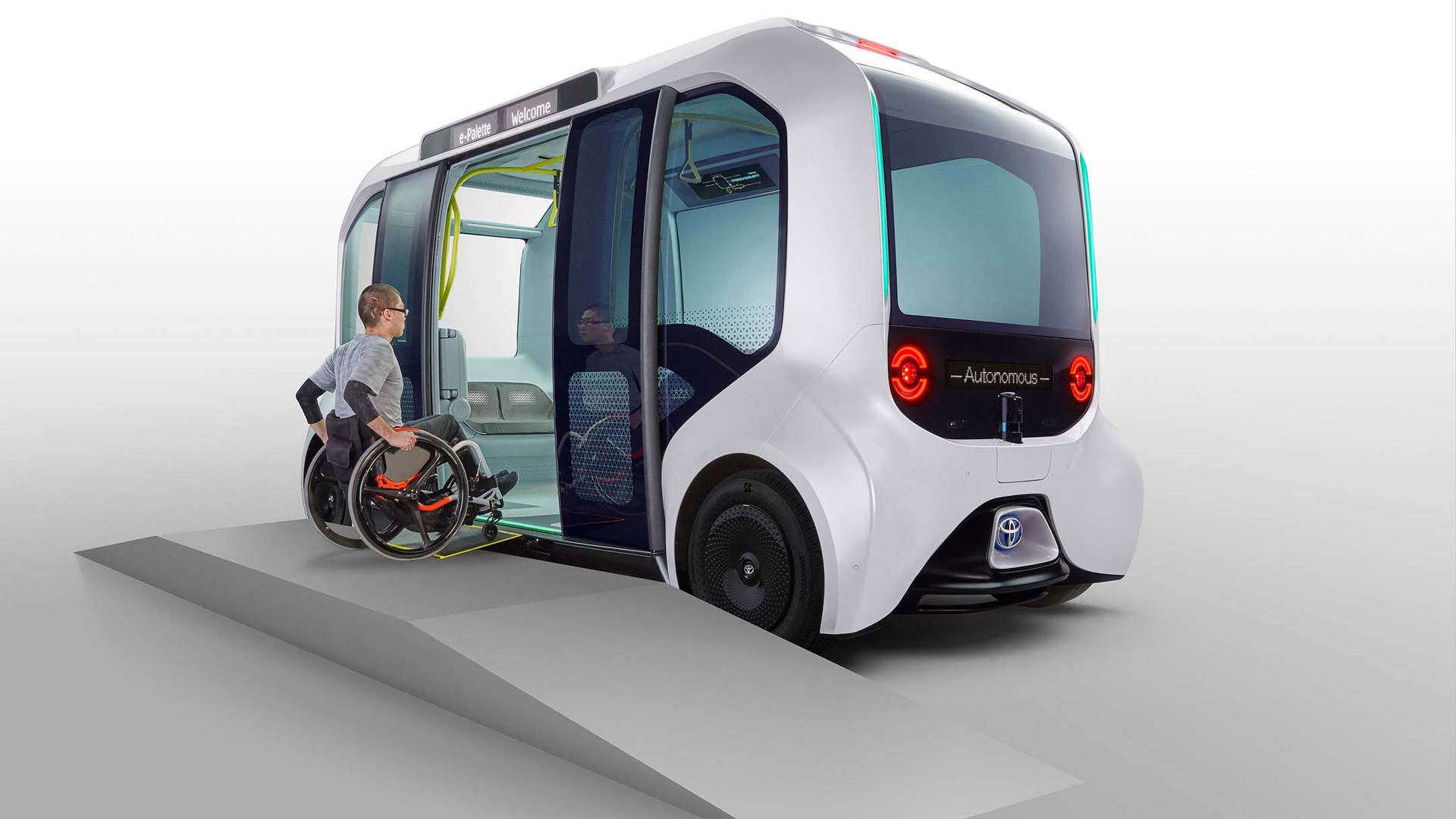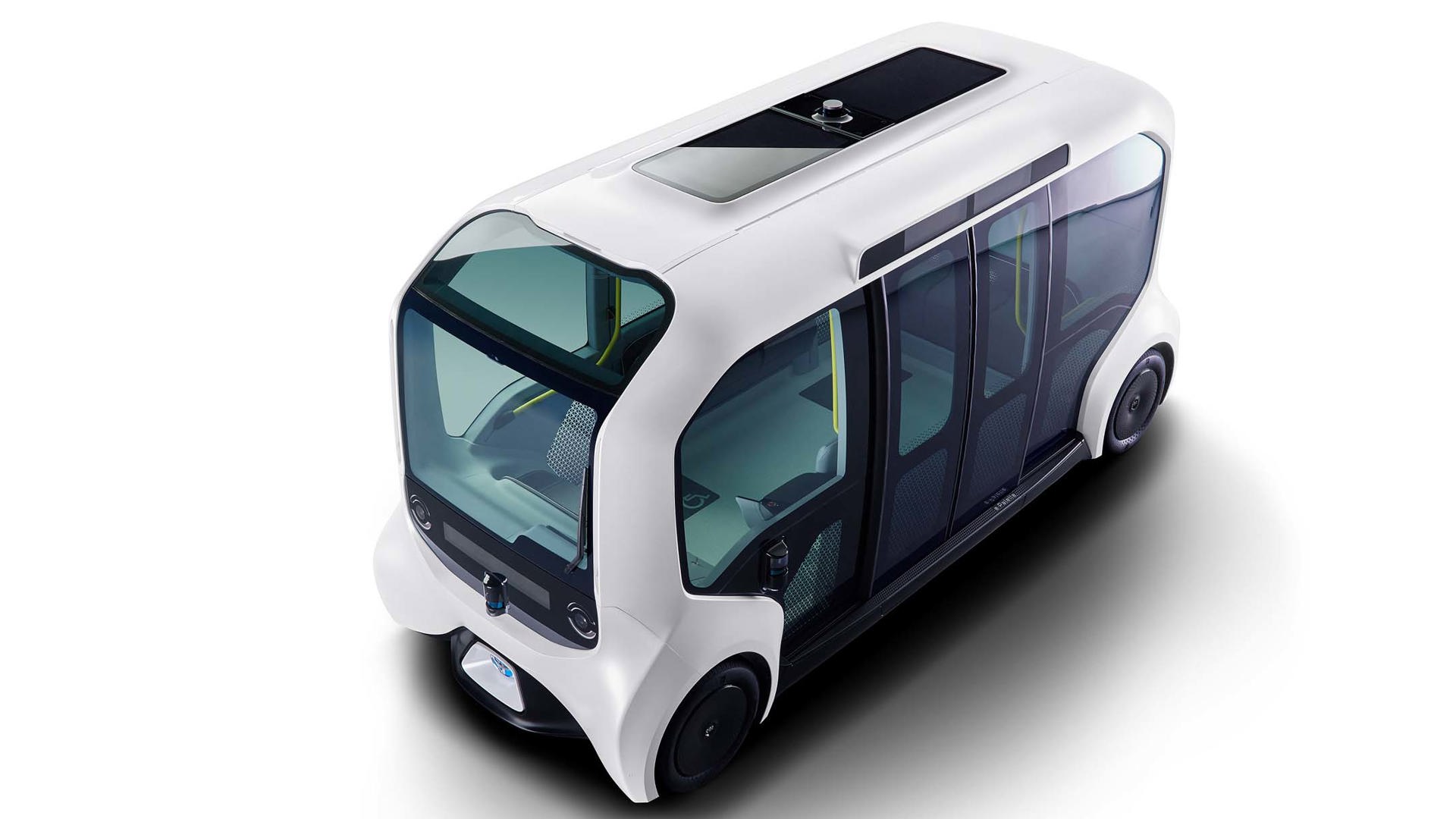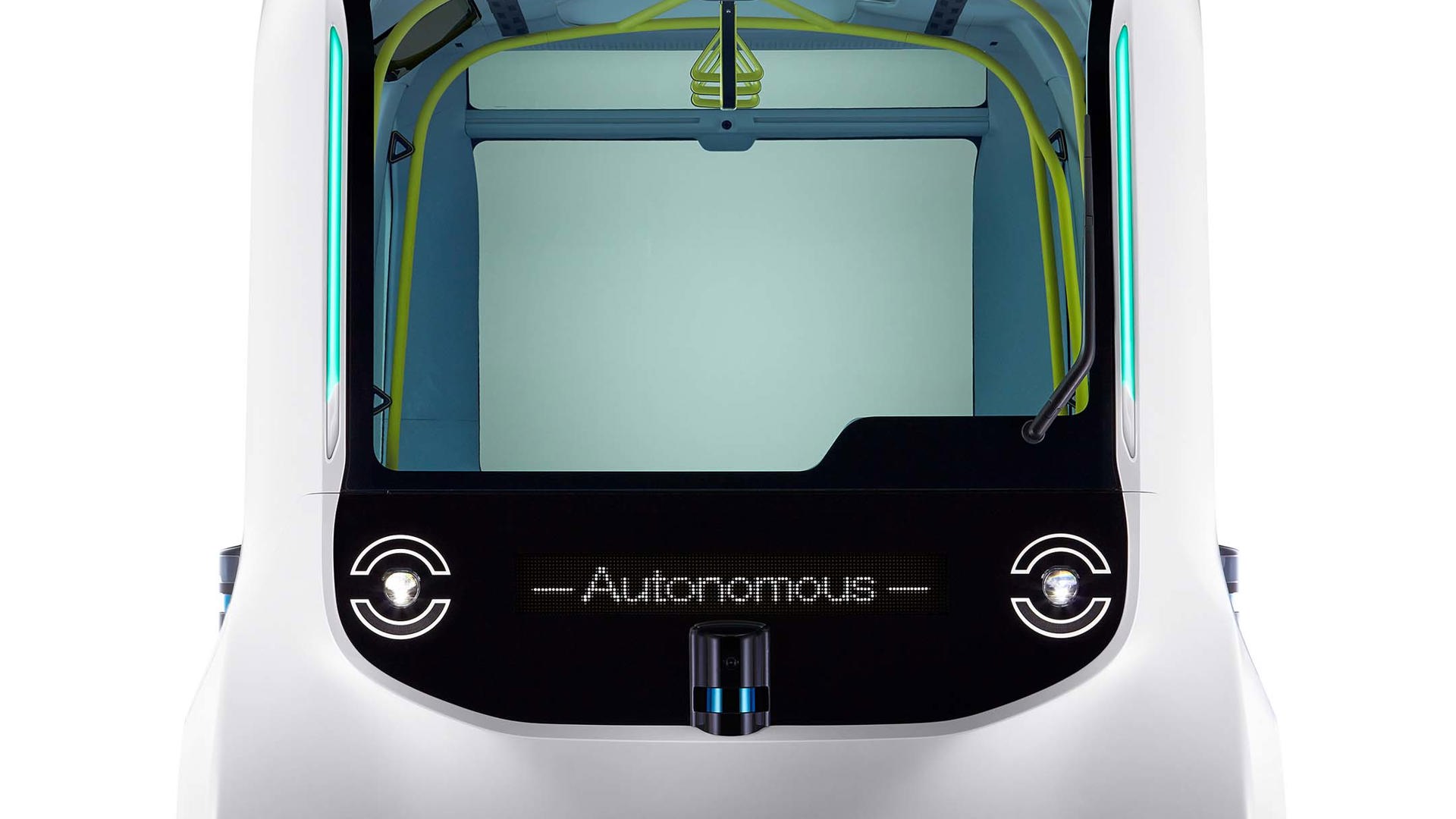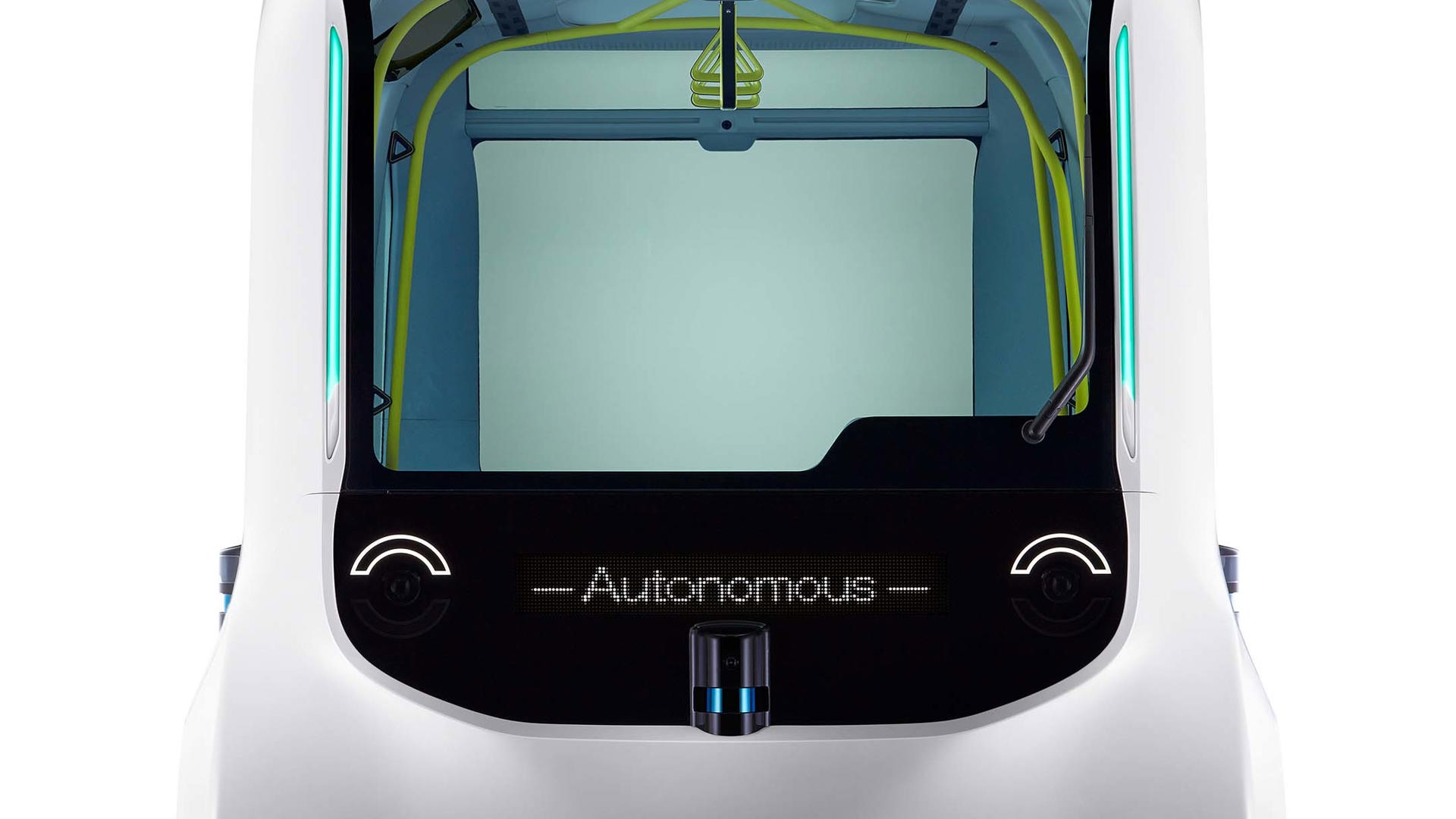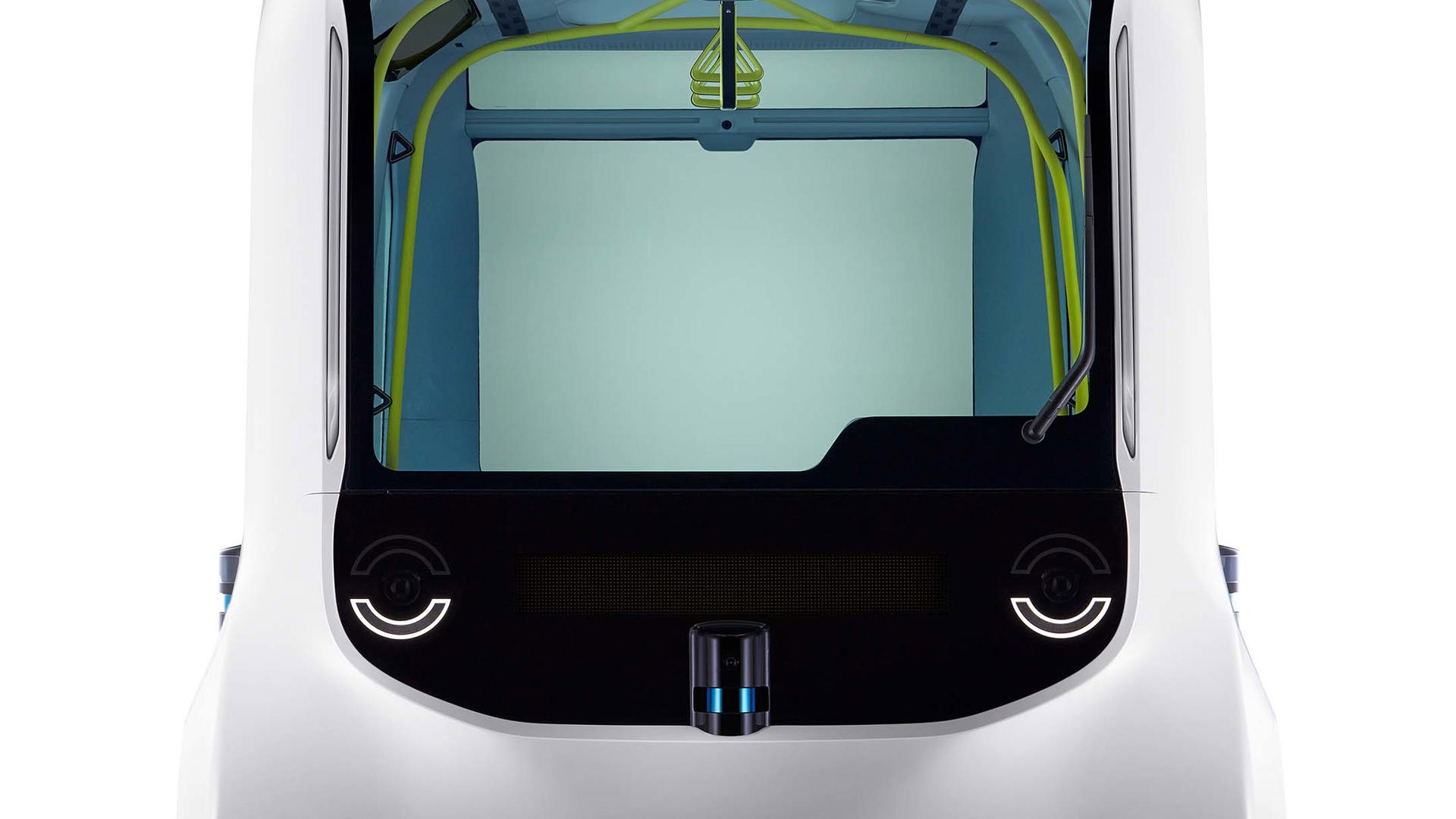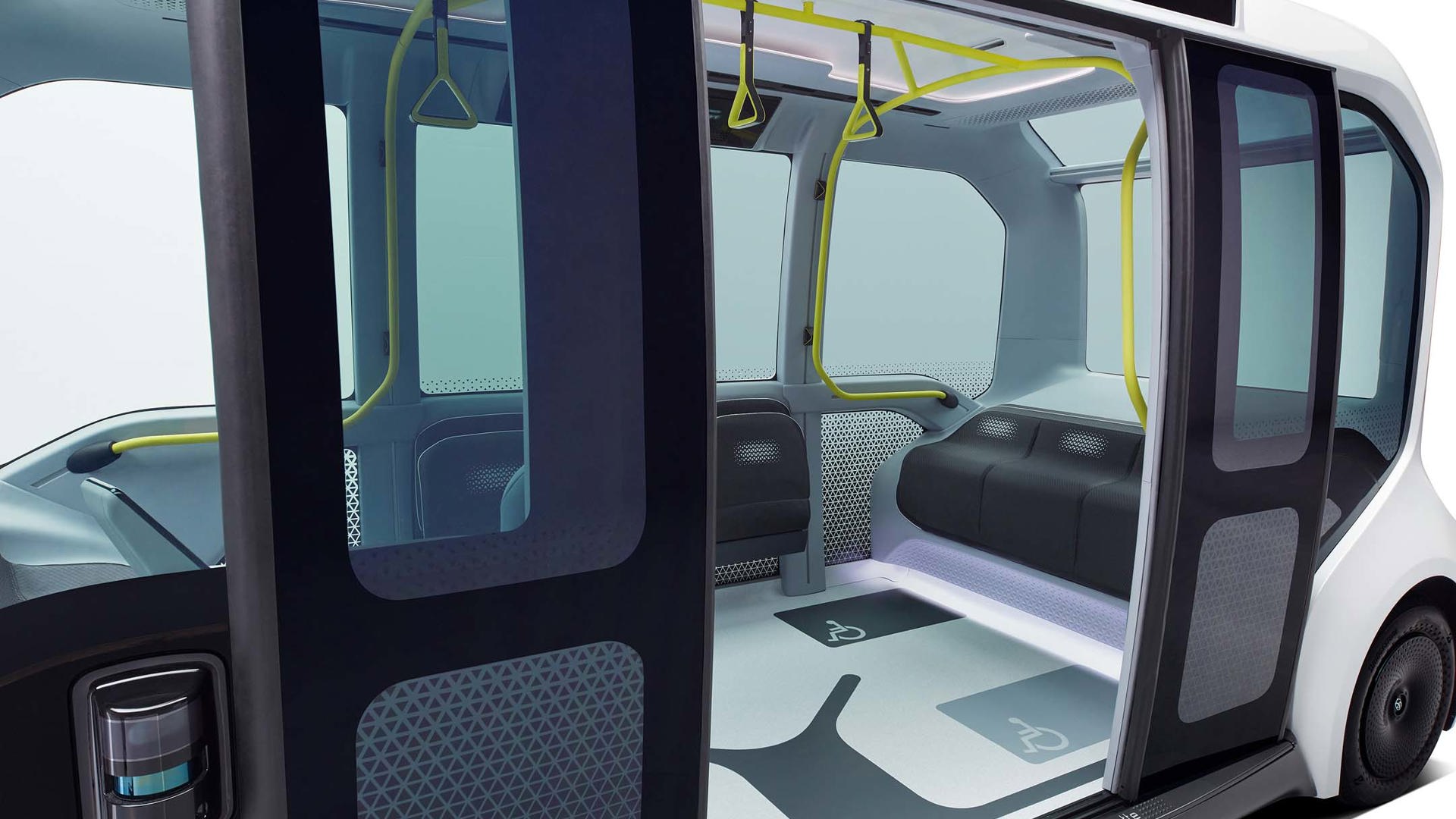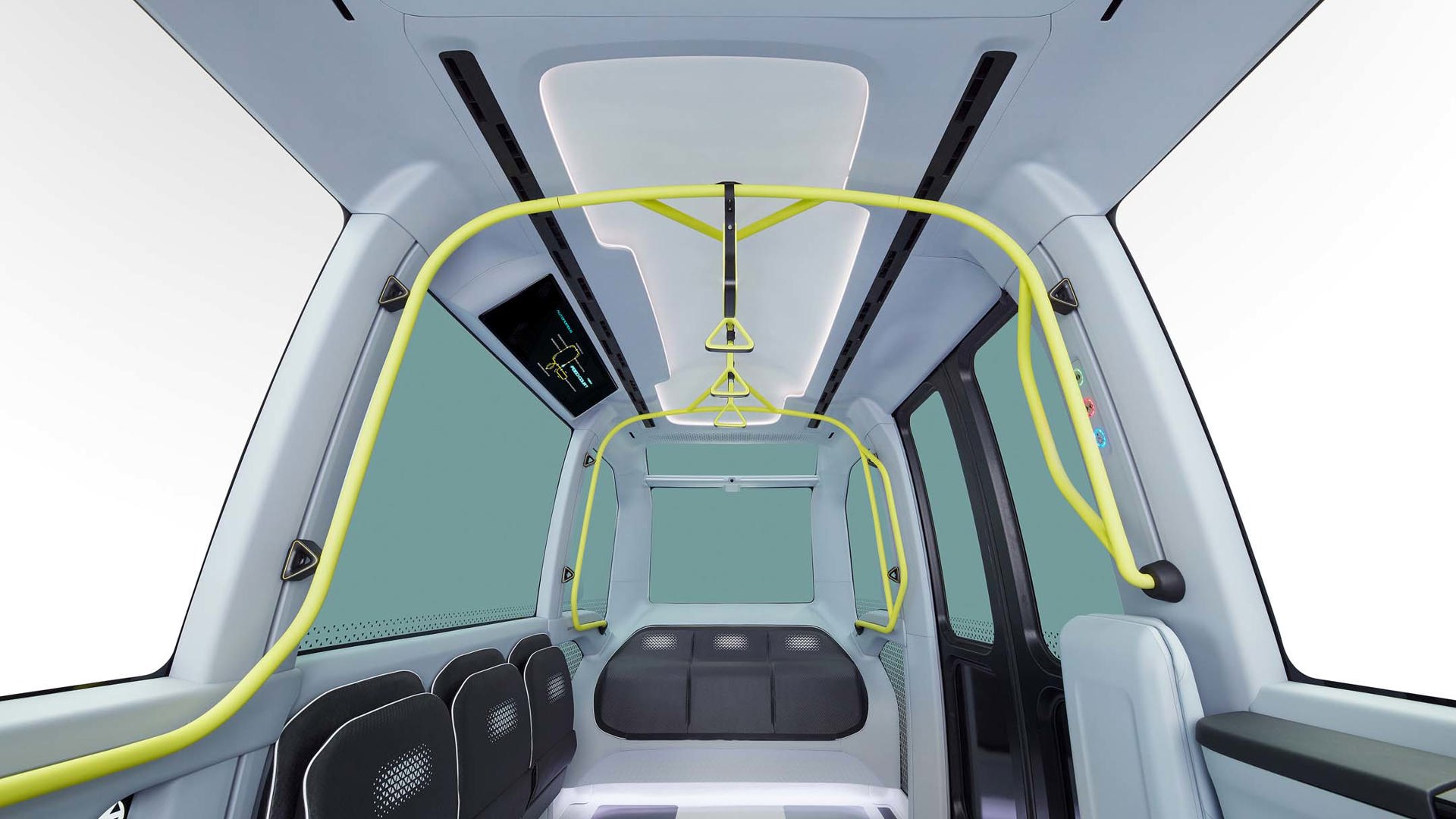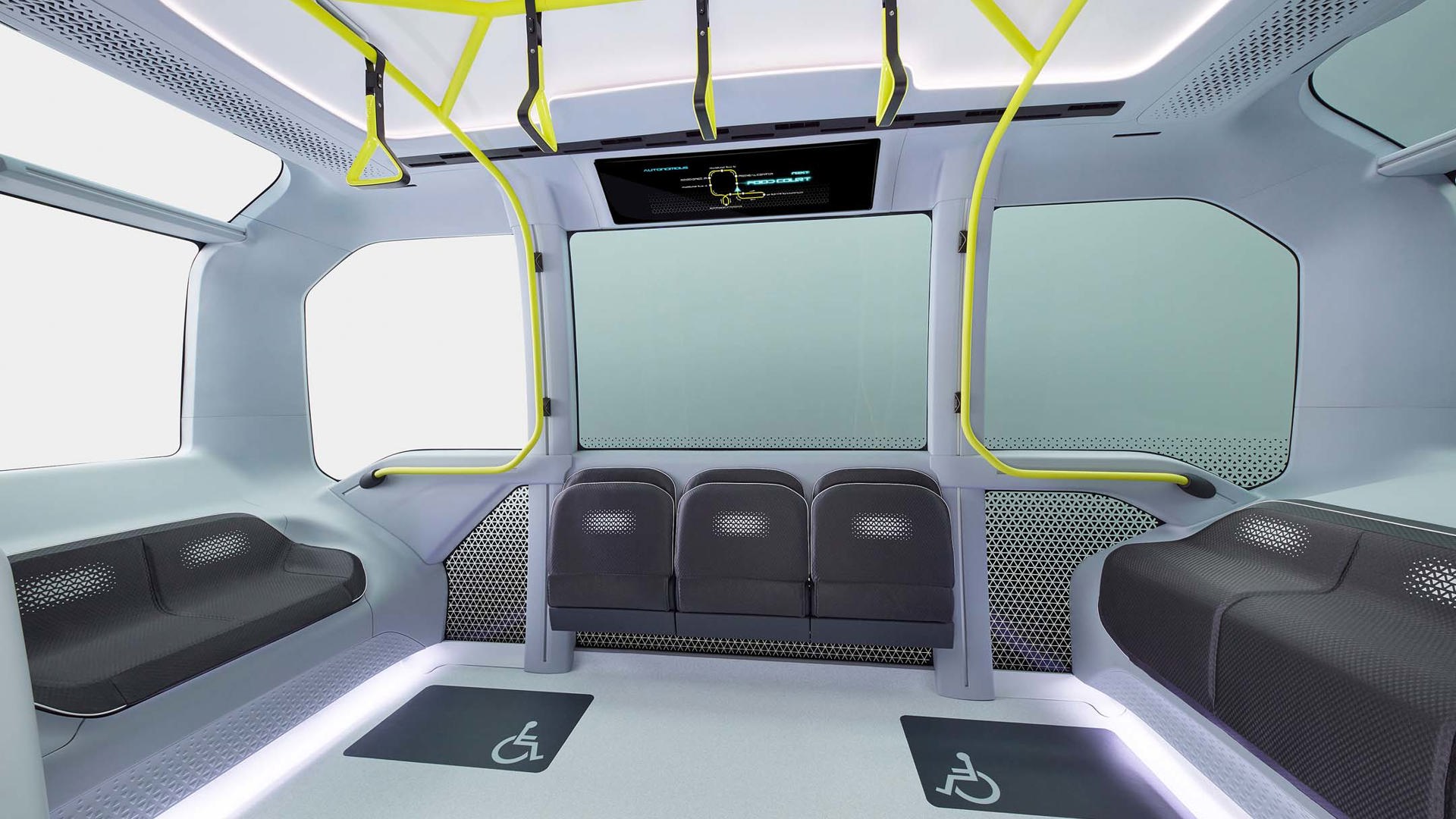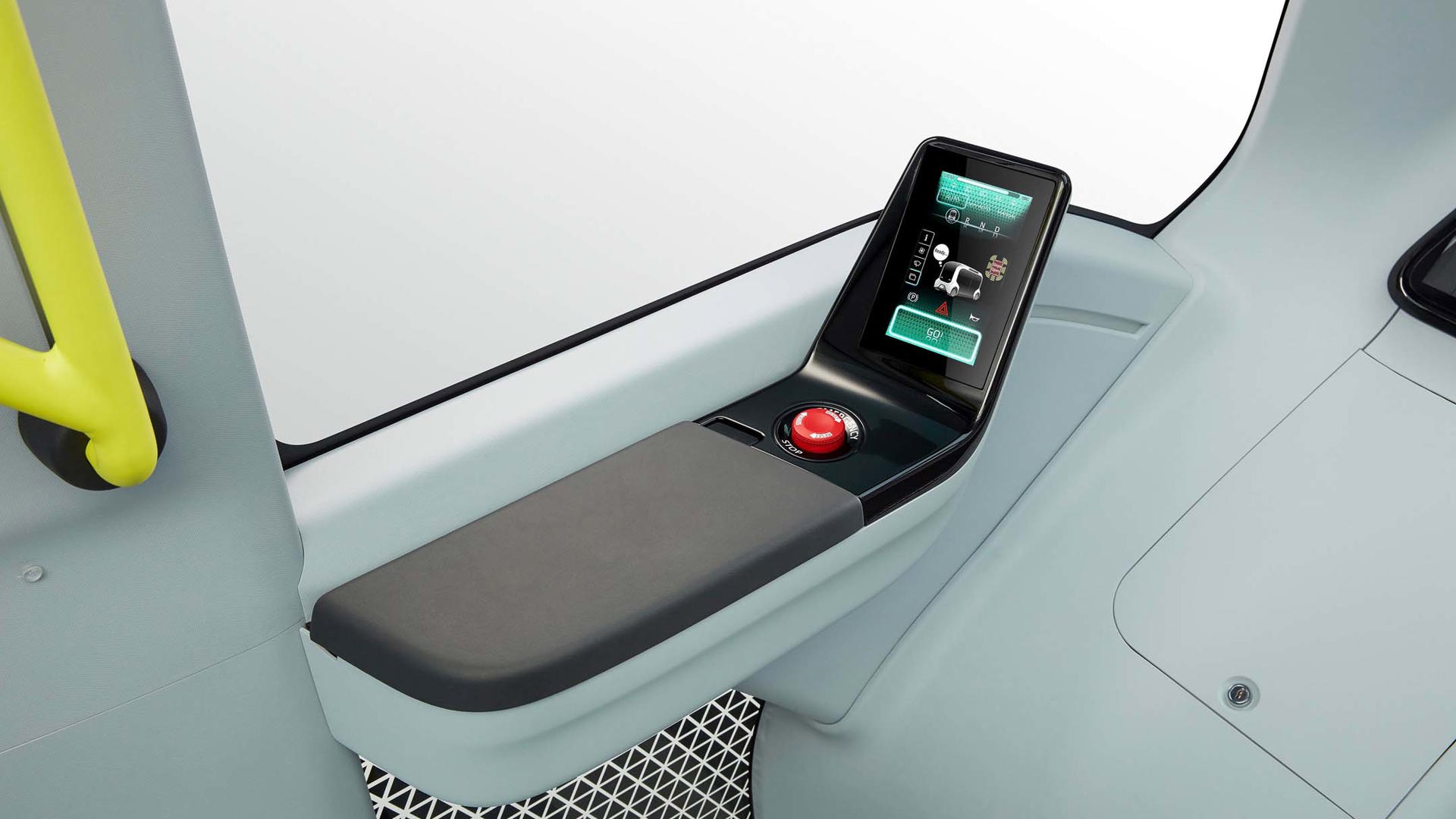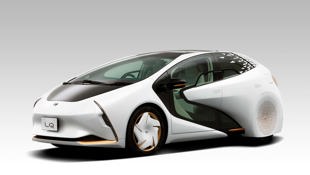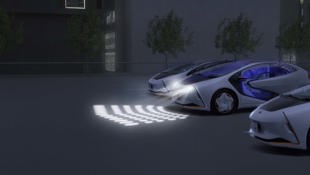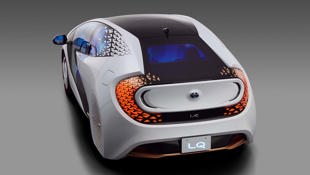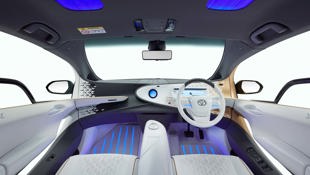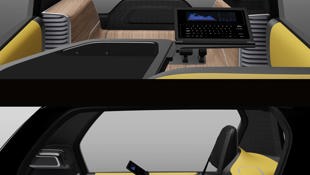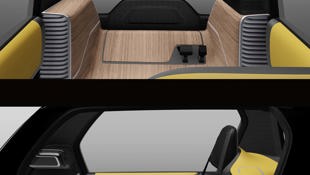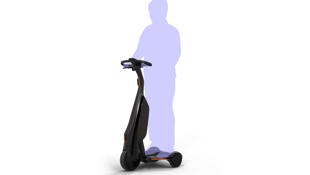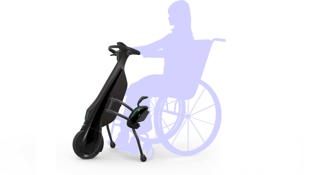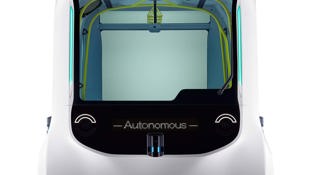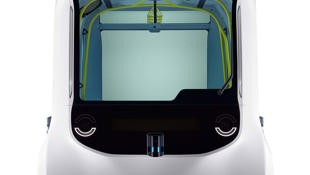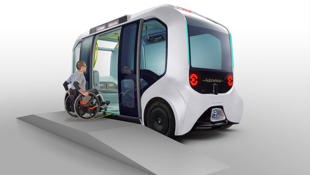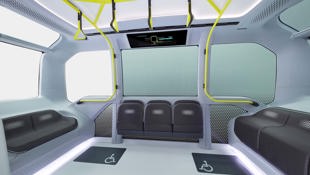Toyota is using the upcoming 2020 Tokyo Olympics as an opportunity to demonstrate its wealth of transportation solutions that cater to a broad range of people and needs. For the media preview at the 2019 Tokyo Motor Show, Toyota has few mass-market vehicles on display, instead showcasing its new battery-powered vehicles that will be put to use during the Olympic and Paralympic Games in 2020.
LQ Concept
The LQ Concept, at its core, is a battery-electric car with 300 kilometres of range – a shift for Toyota, which has mainly promoted its hybrids and fuel-cell vehicles over the past few years. But that’s not what makes it special.
The LQ Concept is an evolution of the Concept-i that first debuted back in 2017 at the Consumer Electronics Show in Las Vegas. Underlying both concepts is the idea that consumers are no longer emotionally attached to their cars, and Toyota is hoping to change that with the introduction of an on-board artificial intelligence that learns from the driver and engages with them regularly to personalize the motoring experience.
The AI is called Yui and isn’t just some half-baked demo. The automaker will be bringing the LQ concept around the Tokyo Olympics next year to let people experience the system for themselves. Toyota says the vehicle will be able to detect if you are sleepy or not engaged while driving and interact with you to perk you up – maybe asking you about your interests, or adjusting the music or air conditioning to better suit your mood or level of alertness.
The vehicle uses Augmented Reality displays, which provide vital information about your surroundings on the windshield of the vehicle. Besides the Level 4 self-driving functionality made possible by detailed navigation maps as well as high-tech sensors, the LQ Concept features a self-valet system that will drop you off and pick you up.
The seats in the LQ are also very clever, adjusting to your needs. If it detects that you are tired, they will inflate little air bladders in the seats to correct your seating position to a more upright one, to help with alertness. In autonomous driving conditions, it will adjust the recline and firmness to help the driver relax.
The vehicle can also interact with the world around it, allowing it to communicate with pedestrians via its headlights and other lighting systems, to let them know when they have the right of way, for example.
The interior of the car is minimalist but high-tech, with hidden HVAC vents and an swooping 3D printed console. It will be interesting to see how much of this design becomes a reality in the next few years.
Ultra-compact BEV
Toyota is also showcasing a few other vehicles at the Tokyo Motor Show that are coming to market as early as next year. Its Ultra-compact Battery Electric Vehicle is slated to hit the roads in 2020. Intended for dense urban cityscapes, with a tiny turning radius allowing it to navigate tight alleyways, it has a top speed of 60 km/h and a range of 100 km. At just two and a half metres in length, it’s barely longer than a motorcycle, but it has space for two passengers side-by-side, and will take 5 hours to recharge using a 200-volt outlet.
Following the debut of this small BEV in late 2020, Toyota is hoping it can bring to market a slightly larger electric vehicle that can operate like a mobile office on the go. It has the same powertrain specifications of the compact (100 km of range, 60 km/h top speed, 5-hour recharge time) but with an interior that can be reconfigured into three layouts to accommodate travelling, working, and relaxing in the vehicle.
Walking Area BEV
In the broader “mobility” category, Toyota is showing off three Walking Area BEVs – machines that help people get around in day-to-day life, indoors and out. All three models share a vertical column housing the powertrain components, with steering handlebars at the top and a wheel at the bottom.
The “standing type” variant has a small platform attached to the column, resembling a three-wheeled Segway. It can move at up to 10 km/h, with a swappable battery pack that offers up to 14 km range with a 2.5-hour recharge time. The seated variant resembles a mobility scooter, with a top speed of 6 km/h, 10 km range, and a 2-hour recharge time. A third variant is designed to hook up to a manual wheelchair, providing a top speed of 6 km, and up to 20 km of range on a 2.5-hour full charge.
e-Palette
The final product on display is called the e-Palette, an automated electric bus that will be used during the 2020 Olympic Games. Twenty of these buses will be used to transport athletes to and from their events. Operating at speeds of 20 km/h, it has a range of about 150 km on a single charge.
The symmetrical design makes it easy to enter and exit the vehicle, and it features low-speed Level 4 self-driving capability. The headlights and a display on the front of the vehicle are used to mimic eye-contact and will help communicate the intentions of the vehicle to pedestrians. The vehicle can hold 20 standing passengers or four wheelchair users. To accommodate those with wheelchairs, the e-Palette has automated ramps that extend and retract at the door.
With these products, Toyota is flexing its muscles as more than just an automaker, but as a full-fledged mobility company. While many automakers like to throw the term around, relatively few have come to market with actual product. Here at the 2019 Tokyo Motor Show, Toyota is showing exactly how it intends to keep the world moving.
